

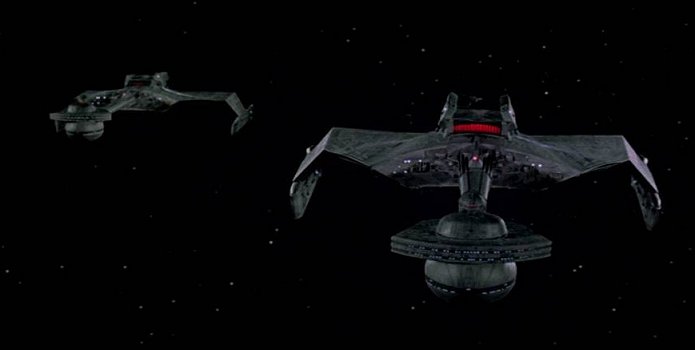
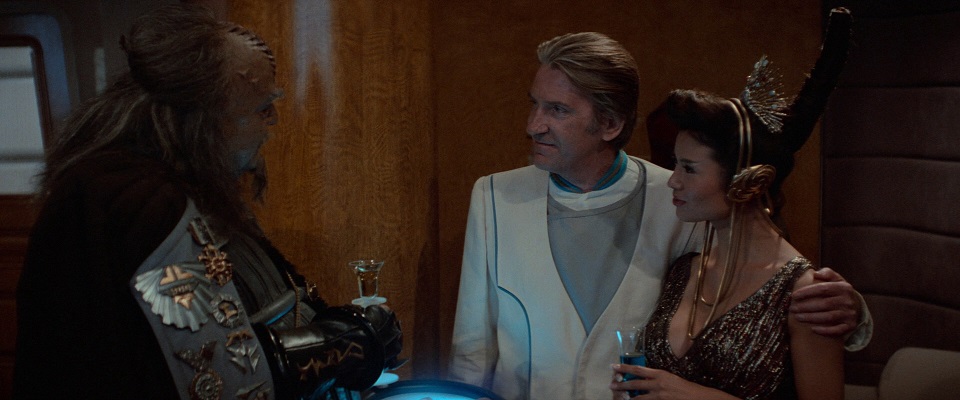
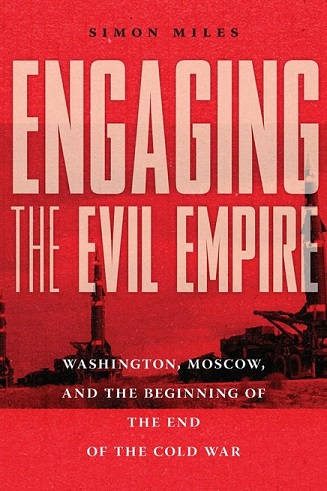
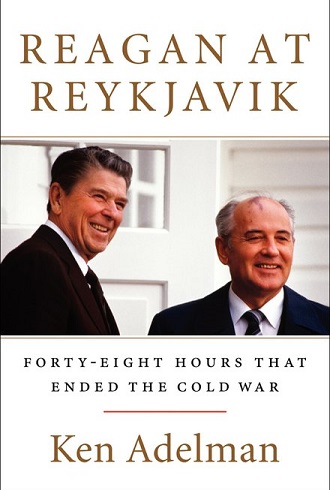 Author's Notes:
Author's Notes: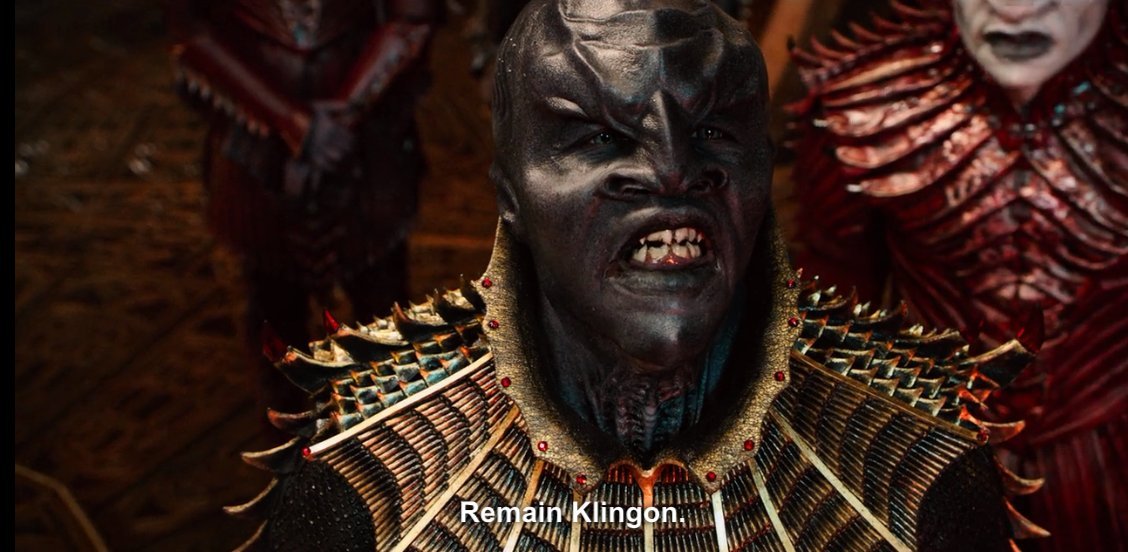
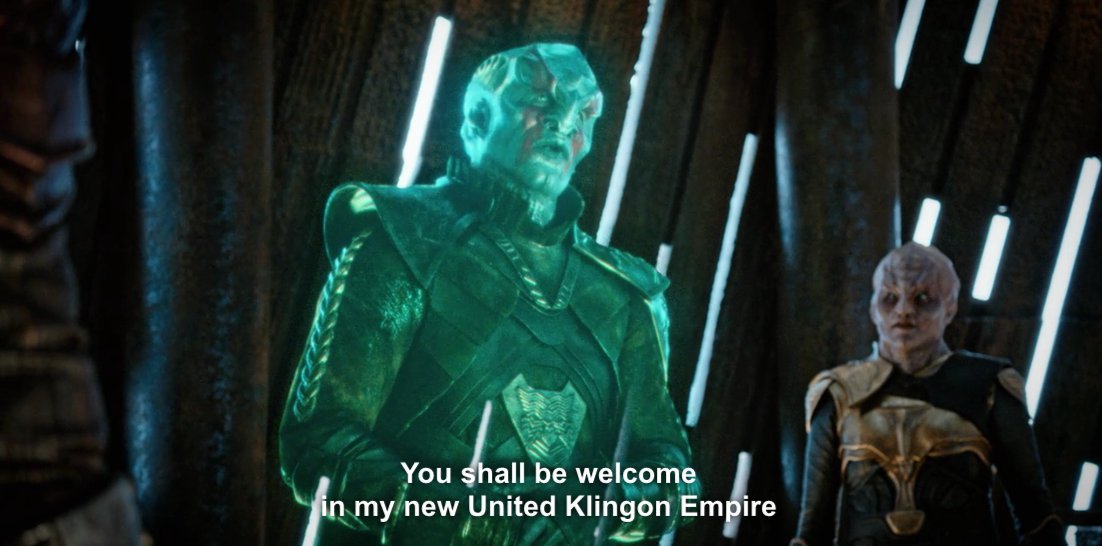
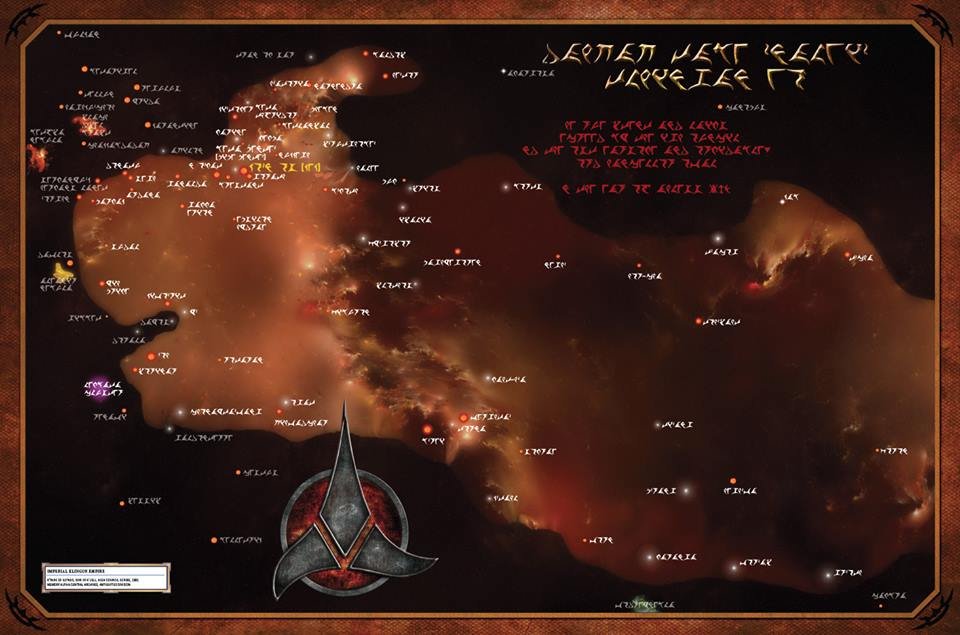
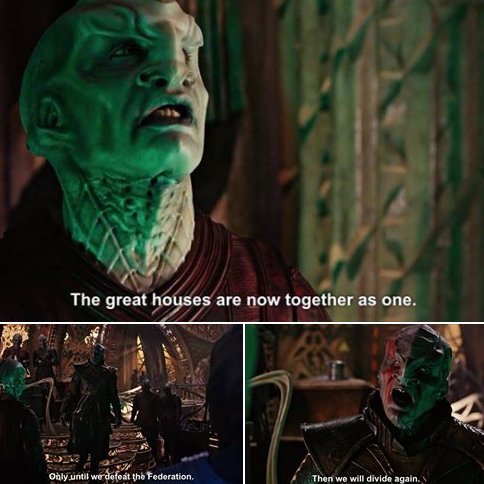 The Klingon Empire
The Klingon Empire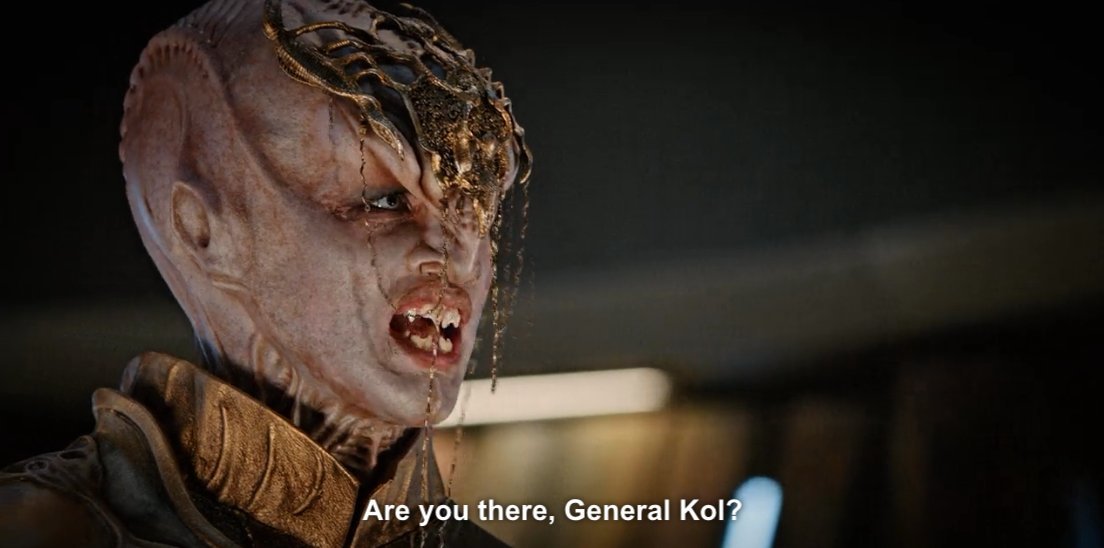
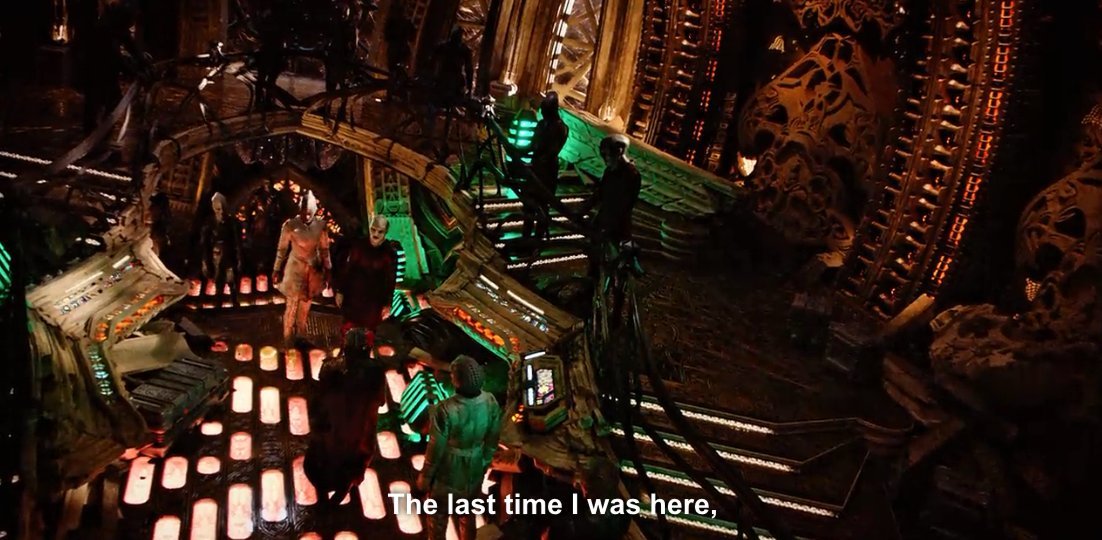
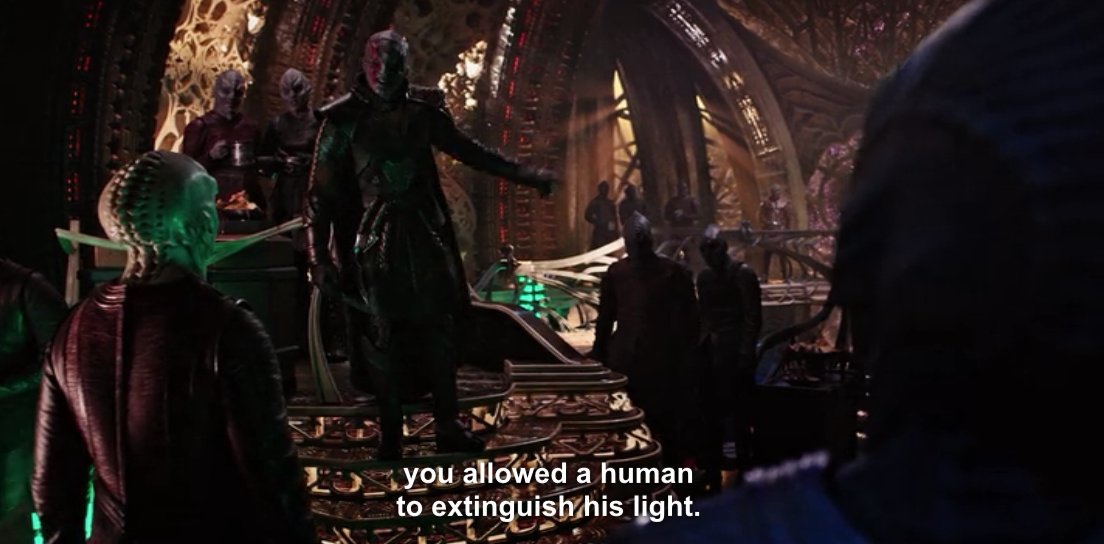
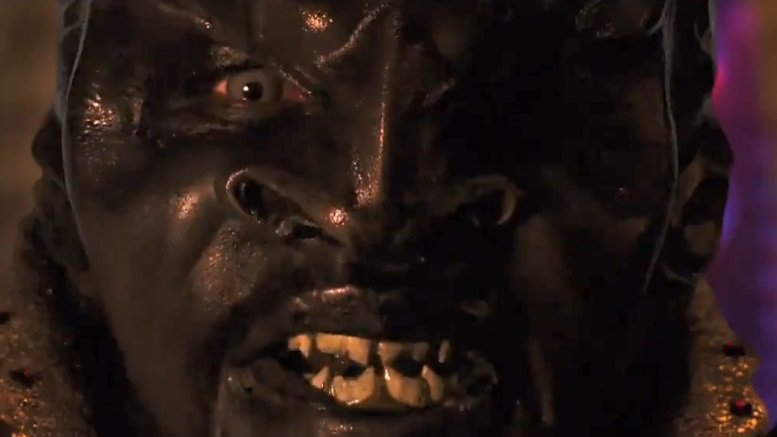 "They are coming. Atom by atom, they will coil around us and take all that we are. There is one way to confront this threat. By reuniting the twenty-four warring houses of our own empire. We have forgotten the Unforgettable, the last to unify our tribes: Kahless. Together, under one creed: Remain Klingon! That is why we light our beacon this day. To assemble our people. To lock arms against those whose fatal greeting is... 'We come in peace'."
"They are coming. Atom by atom, they will coil around us and take all that we are. There is one way to confront this threat. By reuniting the twenty-four warring houses of our own empire. We have forgotten the Unforgettable, the last to unify our tribes: Kahless. Together, under one creed: Remain Klingon! That is why we light our beacon this day. To assemble our people. To lock arms against those whose fatal greeting is... 'We come in peace'." 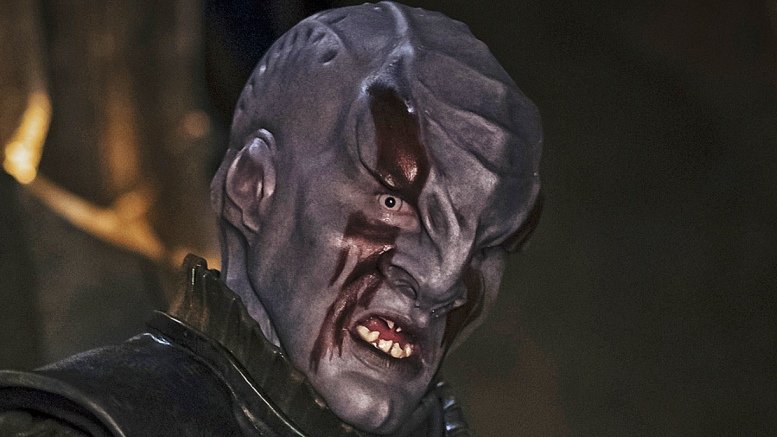 EVERYTHING changes about the Klingons with the above quote, taken from the opening lines of the Star Trek: Discovery series, with the character for T'kuvma and explaining the Klingon motivation in a paragraph. Originally the Klingons were the Mongols in TOS (and certainly have those traits now) and later the Soviets. In TNG, DS9 and VOY they became the Vikings and the Russians with their corrupt government and Viking mentality of honour and battle. In The Undiscovered Country, Brigadier Kerla's speech at the Enterprise-A dinner table was the forerunner of Discovery's view on Klingons as a First Nation, such as Native Americans, Abourigine, Mouri, Nenets, or Inuit; a people who see the Federation horde coming in their ships, taking away their lands and traditions: condemning them to live on reservations or in zoos - "come look at the savages". The Klingons fear becoming tamed and losing their identity. Klingon leaders have therefore ceased being Soviet premiers or Viking leaders: they have taken on the personality of characters such as Red Cloud, Sitting Bull or Crazy Horse. These are leaders trying to preserve their people from the perceived threat that is not over the next hill but one, it is right on their doorstep, behind the Neutral Zone. And that Zone is now being dismantled and taken away from them.
EVERYTHING changes about the Klingons with the above quote, taken from the opening lines of the Star Trek: Discovery series, with the character for T'kuvma and explaining the Klingon motivation in a paragraph. Originally the Klingons were the Mongols in TOS (and certainly have those traits now) and later the Soviets. In TNG, DS9 and VOY they became the Vikings and the Russians with their corrupt government and Viking mentality of honour and battle. In The Undiscovered Country, Brigadier Kerla's speech at the Enterprise-A dinner table was the forerunner of Discovery's view on Klingons as a First Nation, such as Native Americans, Abourigine, Mouri, Nenets, or Inuit; a people who see the Federation horde coming in their ships, taking away their lands and traditions: condemning them to live on reservations or in zoos - "come look at the savages". The Klingons fear becoming tamed and losing their identity. Klingon leaders have therefore ceased being Soviet premiers or Viking leaders: they have taken on the personality of characters such as Red Cloud, Sitting Bull or Crazy Horse. These are leaders trying to preserve their people from the perceived threat that is not over the next hill but one, it is right on their doorstep, behind the Neutral Zone. And that Zone is now being dismantled and taken away from them. 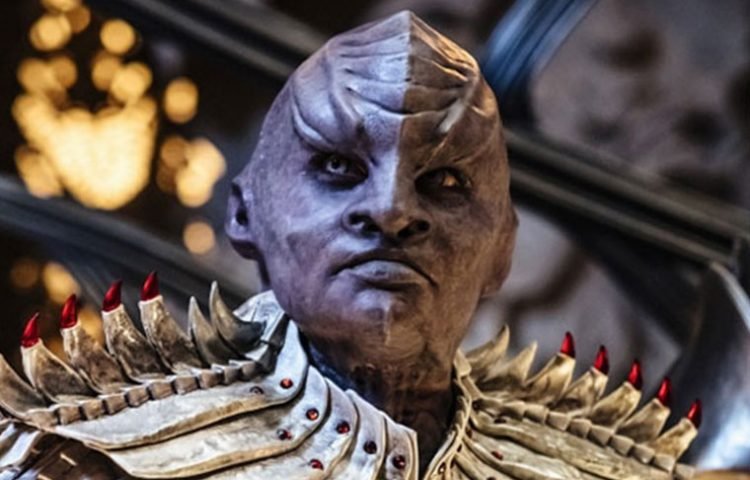 Like the Native American Chiefs of the 1860 - 80s, the Klingon Chancellors have seen the United Federation of Planets created from the Earth Starfleet, and Coalition of Planets, becoming the foremost power of the Known Universe. The Chancellors have told their people that there is hope against this oncoming storm. The priests have always been right; they have retold the story of Kahless, the fool and the Oncoming Storm: the Storm does not respect the Fool and dashes him to pieces. Even a belief in Klingon values will not save them when the Federation has attractive values of its own and a population far larger. The Klingons must fight to keep the flames of their free spirit alive or they will surely be drowned in the tsunami of Federation domestication. This is a clash of civilisations. As with the Native Americans and the rifles they obtained through trade and capture, the Klingons have comparable firepower; this equality is threatened more than ever after the loss of the Tal'lhnor Gates and Praxis.
Like the Native American Chiefs of the 1860 - 80s, the Klingon Chancellors have seen the United Federation of Planets created from the Earth Starfleet, and Coalition of Planets, becoming the foremost power of the Known Universe. The Chancellors have told their people that there is hope against this oncoming storm. The priests have always been right; they have retold the story of Kahless, the fool and the Oncoming Storm: the Storm does not respect the Fool and dashes him to pieces. Even a belief in Klingon values will not save them when the Federation has attractive values of its own and a population far larger. The Klingons must fight to keep the flames of their free spirit alive or they will surely be drowned in the tsunami of Federation domestication. This is a clash of civilisations. As with the Native Americans and the rifles they obtained through trade and capture, the Klingons have comparable firepower; this equality is threatened more than ever after the loss of the Tal'lhnor Gates and Praxis. 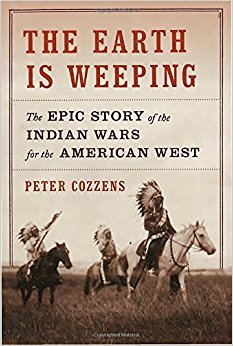 The re-designing or re-imagining of the Klingons and their Empire for Star Trek: Discovery must be taken into account for Star Trek: The Interim Years. The Klingon Empire modelled on the Mongol Empire or Vikings has a very different feel to Klingons designed modelled off Native Americans and First Nation cultures. If it were the former cultures then they would not fear the Federation and would fight until the stronger nation won. This isn't about the militarily stronger nation, if it were then the Klingons could well win; this is all about a clash of civilisations and a cultural war. The Klingon Empire consists of 24 great Houses that, like the Native American tribes in the 1880s, fail to work together against the Federation. They fight each other, like the families in Game of Thrones, for their version of the Iron Throne. The Federation, by comparison, is a unified entity that has assimilated cultures together to work to a common cause of democracy and unity; treating every citizen, species and culture equally no matter what their beliefs and ways. It is this unity that the Klingon Chancellor, High Command and Priests all fear. Praxis exploding will have brught things to a head, this is all about Chancellor Gorkon preserving his people - the Klingon species and its culture. This changes Gorkon from being Abraham Lincoln to being Sitting Bull. And that changes the dynamic of the Klingons entirely, as I started off by saying.
The re-designing or re-imagining of the Klingons and their Empire for Star Trek: Discovery must be taken into account for Star Trek: The Interim Years. The Klingon Empire modelled on the Mongol Empire or Vikings has a very different feel to Klingons designed modelled off Native Americans and First Nation cultures. If it were the former cultures then they would not fear the Federation and would fight until the stronger nation won. This isn't about the militarily stronger nation, if it were then the Klingons could well win; this is all about a clash of civilisations and a cultural war. The Klingon Empire consists of 24 great Houses that, like the Native American tribes in the 1880s, fail to work together against the Federation. They fight each other, like the families in Game of Thrones, for their version of the Iron Throne. The Federation, by comparison, is a unified entity that has assimilated cultures together to work to a common cause of democracy and unity; treating every citizen, species and culture equally no matter what their beliefs and ways. It is this unity that the Klingon Chancellor, High Command and Priests all fear. Praxis exploding will have brught things to a head, this is all about Chancellor Gorkon preserving his people - the Klingon species and its culture. This changes Gorkon from being Abraham Lincoln to being Sitting Bull. And that changes the dynamic of the Klingons entirely, as I started off by saying. The viewpoint and map should be re-oriented to the Klingon Empire and Qo'noS. The Empire is surrounded by its enemies: Romulans to the coreward, Federation to the Spinward, Gorn to the Rimward and the Kinshaya Kingdom to the Driftward. The 24 great Houses have all got their own credo and agenda; their own priorities and beliefs. With Star Trek: Discovery, things have changed since the older Trek series of TOS, TNG, DS9, VOY and ENT; aspects of those shows will be incorporated, but in the same vein, they will be re-imagind and drive the stories as needed. Women can still serve on the High Command as the House of S'yrekka and Chancellor Azetbur show. With each of the 24 great Houses having their own fleets and ships, the Empire will be more decentralised away from Qo'noS and not be quite so crippled when Praxis explodes. It is more the disunity of the Houses that holds the Empire back from being all-conquering. The Houses all play their own version of Game of Thrones; the winning House has its leader as the Chancellor, the rest bend the knee to serve on the High Command or die. I deeply suspect Star Trek: Discovery was pitched as "Star Trek meets Game of Thrones", with the Klingon Empire perfect to take on the Westeros element.
The viewpoint and map should be re-oriented to the Klingon Empire and Qo'noS. The Empire is surrounded by its enemies: Romulans to the coreward, Federation to the Spinward, Gorn to the Rimward and the Kinshaya Kingdom to the Driftward. The 24 great Houses have all got their own credo and agenda; their own priorities and beliefs. With Star Trek: Discovery, things have changed since the older Trek series of TOS, TNG, DS9, VOY and ENT; aspects of those shows will be incorporated, but in the same vein, they will be re-imagind and drive the stories as needed. Women can still serve on the High Command as the House of S'yrekka and Chancellor Azetbur show. With each of the 24 great Houses having their own fleets and ships, the Empire will be more decentralised away from Qo'noS and not be quite so crippled when Praxis explodes. It is more the disunity of the Houses that holds the Empire back from being all-conquering. The Houses all play their own version of Game of Thrones; the winning House has its leader as the Chancellor, the rest bend the knee to serve on the High Command or die. I deeply suspect Star Trek: Discovery was pitched as "Star Trek meets Game of Thrones", with the Klingon Empire perfect to take on the Westeros element.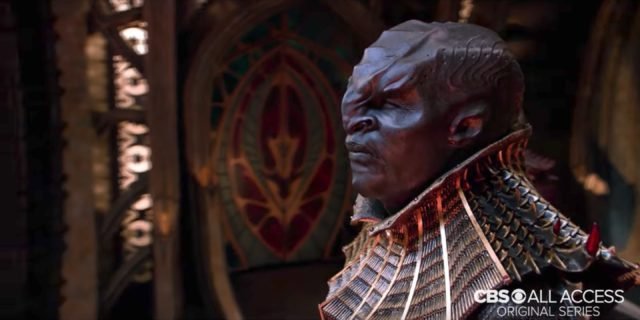 Art director for ST: DSC Matt Middleton said: "We also sought not just to have fun with the architecture, but also the details that spoke to the history and culture of the Klingon race. As a touchstone, we looked to John Ford’s THE FINAL REFLECTION which was a work really used as a launching-off point for the Klingons by Bryan Fuller.
Art director for ST: DSC Matt Middleton said: "We also sought not just to have fun with the architecture, but also the details that spoke to the history and culture of the Klingon race. As a touchstone, we looked to John Ford’s THE FINAL REFLECTION which was a work really used as a launching-off point for the Klingons by Bryan Fuller.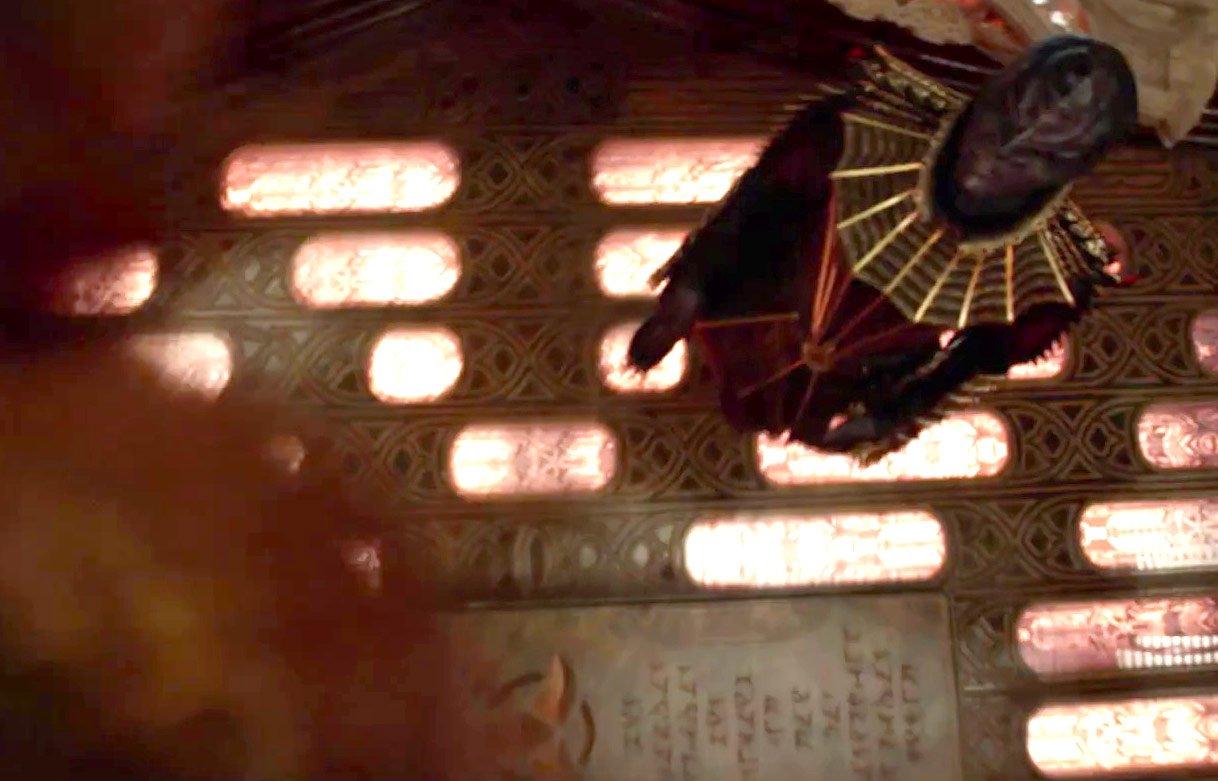
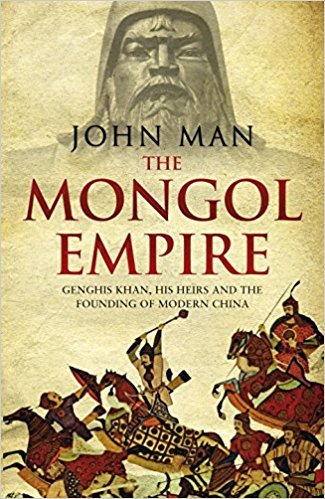
 "The Earth is Weeping", by Peter Cozzens, is an amazing book that gives both sides in the Indian Wars. It tlks bout the inter-tribal fighting, that there was NO unified Native American effort to stop the flood of white settlers. It also speaks of ther Treaties that were broken almost as soon as they were written, or broken when money and personal gain came into it. These factors have, I believe, a VERY strong case to be made in the Star Trek universe, particularly The Interim Years. Colonists/settlers, breaking the Organian Peace Treaty to settle in contentious space; an unenforceable Neutral Zone; Organians, who disappeared almost as soon as they'd made their point (see all the Klingon invasions and infractions of the Organian Peace Treaty that happened every few episodes in the Original Series); Treaties that swindled the Klingons out of territory, or that did not translate properly from Federation Standard into Klingon language/cultural models: all of these factors should flesh out the interactions of the Klingons with the Federation from 2250s to the present (2293).
"The Earth is Weeping", by Peter Cozzens, is an amazing book that gives both sides in the Indian Wars. It tlks bout the inter-tribal fighting, that there was NO unified Native American effort to stop the flood of white settlers. It also speaks of ther Treaties that were broken almost as soon as they were written, or broken when money and personal gain came into it. These factors have, I believe, a VERY strong case to be made in the Star Trek universe, particularly The Interim Years. Colonists/settlers, breaking the Organian Peace Treaty to settle in contentious space; an unenforceable Neutral Zone; Organians, who disappeared almost as soon as they'd made their point (see all the Klingon invasions and infractions of the Organian Peace Treaty that happened every few episodes in the Original Series); Treaties that swindled the Klingons out of territory, or that did not translate properly from Federation Standard into Klingon language/cultural models: all of these factors should flesh out the interactions of the Klingons with the Federation from 2250s to the present (2293).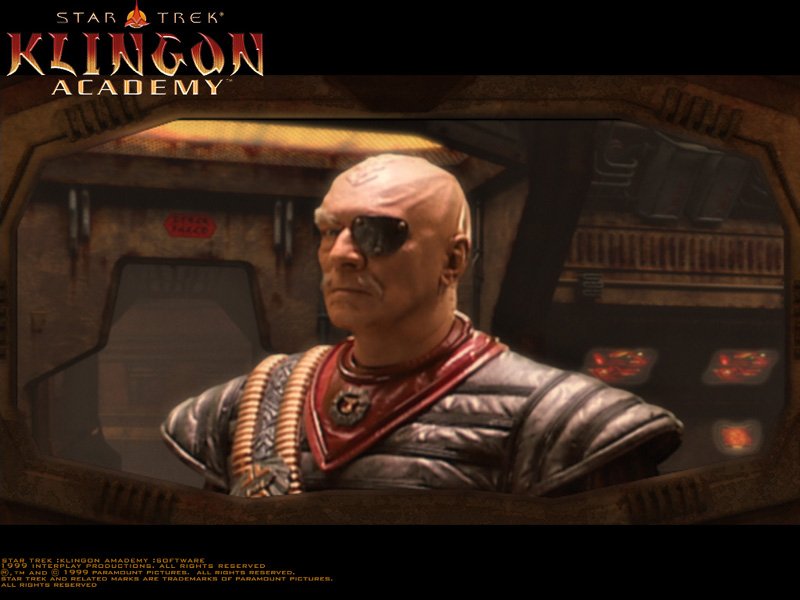 Klingons are military, spiritual, explorers, conquerors and family members. They are loyal to their House, the Empire and the Chancellor. Every Klingon has been brought up with the teachings of Kahless and their House. The names of their forefathers and mothers are taught to them, as is the importance of honour. Especially honour. Blood oaths, blood feuds and vengeance all have their place. Dates and places of battles, victories and losses of the House are also important. This gives the Klingon the sense of where they are and who they are. A Klingon comes of age and as their House badge symbolically placed on their uniform. Klingon Academy is also a large influence on the Interim Years Klingons. Klingon Academy came out in 2000 after much delay. It tells the story of the Klingon Academy and the time just before Praxis through the eyes of candidate Torlek. General Chang is once again fleshed out by Christopher Plummer and David Warner reprises his role as Gorkon. Chang, to me, is the quintessential Klingon; he knows that war with the Federation is inevitable, not because he is a war mongerer but because he knows the Klingon heart and what Klingons stand for.
Klingons are military, spiritual, explorers, conquerors and family members. They are loyal to their House, the Empire and the Chancellor. Every Klingon has been brought up with the teachings of Kahless and their House. The names of their forefathers and mothers are taught to them, as is the importance of honour. Especially honour. Blood oaths, blood feuds and vengeance all have their place. Dates and places of battles, victories and losses of the House are also important. This gives the Klingon the sense of where they are and who they are. A Klingon comes of age and as their House badge symbolically placed on their uniform. Klingon Academy is also a large influence on the Interim Years Klingons. Klingon Academy came out in 2000 after much delay. It tells the story of the Klingon Academy and the time just before Praxis through the eyes of candidate Torlek. General Chang is once again fleshed out by Christopher Plummer and David Warner reprises his role as Gorkon. Chang, to me, is the quintessential Klingon; he knows that war with the Federation is inevitable, not because he is a war mongerer but because he knows the Klingon heart and what Klingons stand for.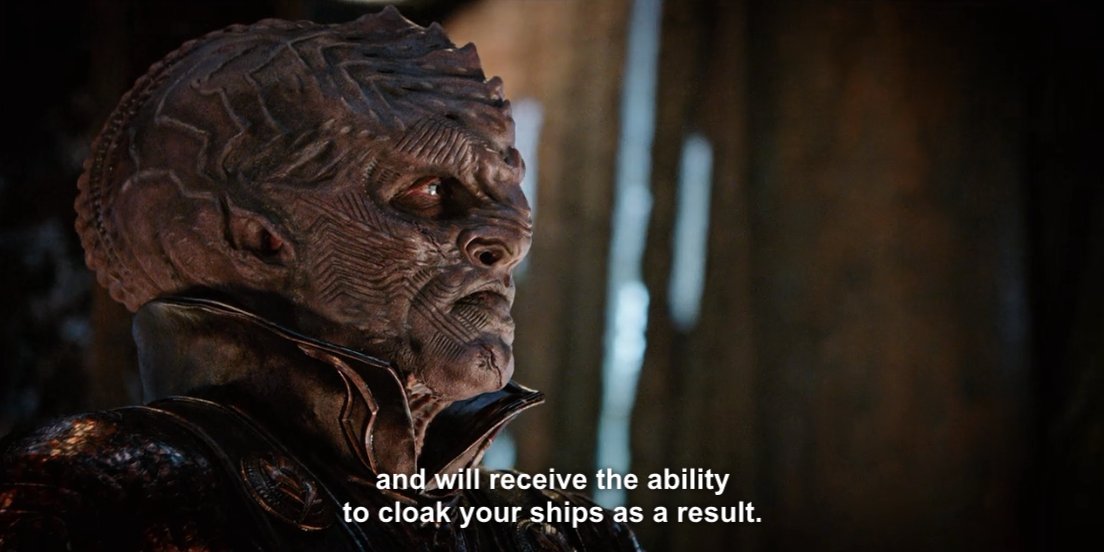
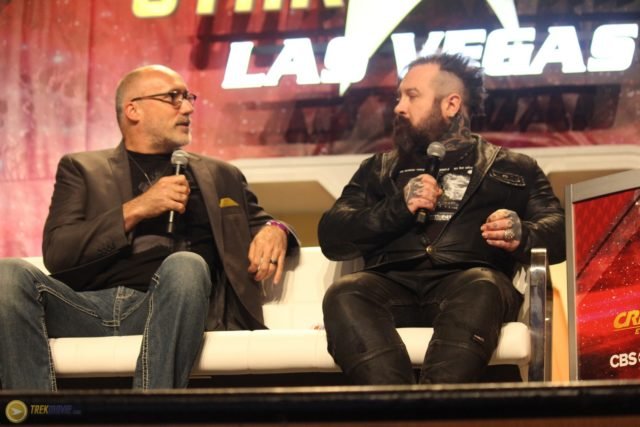 The above material comes from Sarek’s revelation that T’kuvma is a great leader attempting to unify to a common cause. Page describes Klingons as being apex predators through evolution and it makes sense that the Klingon way is justified to them as obeying the Darwinian laws of nature, that the strongest survive. This explains their way of the warrior and why the Federation, who care for the weak, helpless and powerless species they encounter out of compassion, have a way of life that is incompatible with Klingon culture. This existential threat is what drives the Klingons to fight for their very survival and to “die trying” if they need to. Their view is that Starfleet doesn’t explore and learn, they colonise, educate and domesticate the species they encounter, brainwashing them into joining the pacifistic Federation to waste manpower and resources supporting species that nature has obviously selected for extinction.
The above material comes from Sarek’s revelation that T’kuvma is a great leader attempting to unify to a common cause. Page describes Klingons as being apex predators through evolution and it makes sense that the Klingon way is justified to them as obeying the Darwinian laws of nature, that the strongest survive. This explains their way of the warrior and why the Federation, who care for the weak, helpless and powerless species they encounter out of compassion, have a way of life that is incompatible with Klingon culture. This existential threat is what drives the Klingons to fight for their very survival and to “die trying” if they need to. Their view is that Starfleet doesn’t explore and learn, they colonise, educate and domesticate the species they encounter, brainwashing them into joining the pacifistic Federation to waste manpower and resources supporting species that nature has obviously selected for extinction.

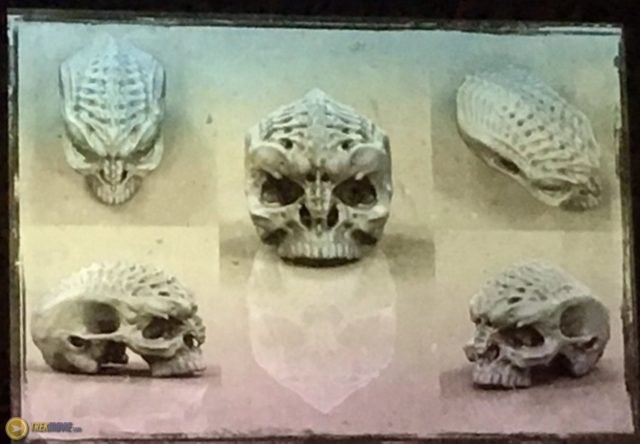 The Klingons are primarily designed from the Mongols, with similarity of history pre-Genghis Khan and the disorganisation, the rise of a unifying leader (Genghis Khan) and the subsequent creation of the Mongol Empire. When the Mongol Empire lacked a solid leader, this soon resulted in fierce in-fighting and the self-destruction of the Empire – the Klingon Empire being much the same.
The Klingons are primarily designed from the Mongols, with similarity of history pre-Genghis Khan and the disorganisation, the rise of a unifying leader (Genghis Khan) and the subsequent creation of the Mongol Empire. When the Mongol Empire lacked a solid leader, this soon resulted in fierce in-fighting and the self-destruction of the Empire – the Klingon Empire being much the same. From Mary Chieffo: "Obviously the hair was the biggest thing people noticed, or the lack thereof. And I will attest to the fact there is a reason my ridge goes back the way it does. There are sensors and pheromones…There is a whole reasoning behind it that is adhering to what has always been true in Klingon canon…So I deeply believe we are in line with what has come before but is also adding a new kind of nuance." Adding later "...her father was House T’Kuvma, but her her mother was House Mokai, which is this matriarchal Klingon house that is known for being spies."
From Mary Chieffo: "Obviously the hair was the biggest thing people noticed, or the lack thereof. And I will attest to the fact there is a reason my ridge goes back the way it does. There are sensors and pheromones…There is a whole reasoning behind it that is adhering to what has always been true in Klingon canon…So I deeply believe we are in line with what has come before but is also adding a new kind of nuance." Adding later "...her father was House T’Kuvma, but her her mother was House Mokai, which is this matriarchal Klingon house that is known for being spies."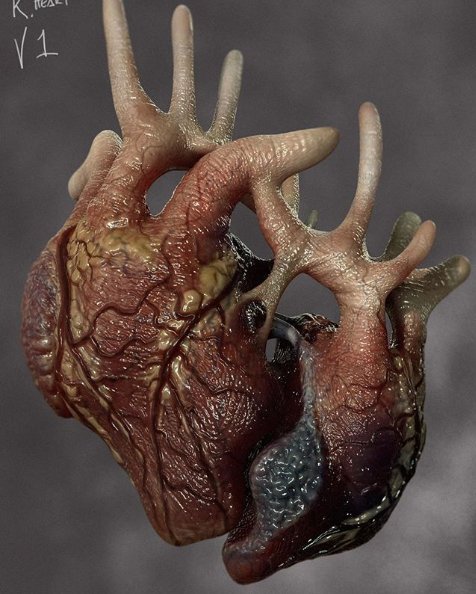 Neville Page posted on his Instagram page a picture of a Klingon Heart from season one of Star Trek: Discovery. The biological sense and intricate thought and detail that went into this design is one of the reasons I admire the work of Neville Page so highly. From the man himself: "....here is a heart. Specifically, a Klingon heart. Seen in season one during a surgical procedure, this heart is based on the canon that Klingons have redundant/double organs. Rather than just mirror a heart, I thought it biologically appropriate to supercharge the Klingon heart. This “second” heart (on the right) acts as an overdrive pump when more oxygenation of blood is required and thus facilitating greater success in battle. I included an NOS (nitrous oxide system) booster on that second heart (seen at the lower center of the image) in the form of an additional adrenaline gland. Excite a Klingon and...well...good luck with that??"
Neville Page posted on his Instagram page a picture of a Klingon Heart from season one of Star Trek: Discovery. The biological sense and intricate thought and detail that went into this design is one of the reasons I admire the work of Neville Page so highly. From the man himself: "....here is a heart. Specifically, a Klingon heart. Seen in season one during a surgical procedure, this heart is based on the canon that Klingons have redundant/double organs. Rather than just mirror a heart, I thought it biologically appropriate to supercharge the Klingon heart. This “second” heart (on the right) acts as an overdrive pump when more oxygenation of blood is required and thus facilitating greater success in battle. I included an NOS (nitrous oxide system) booster on that second heart (seen at the lower center of the image) in the form of an additional adrenaline gland. Excite a Klingon and...well...good luck with that??"
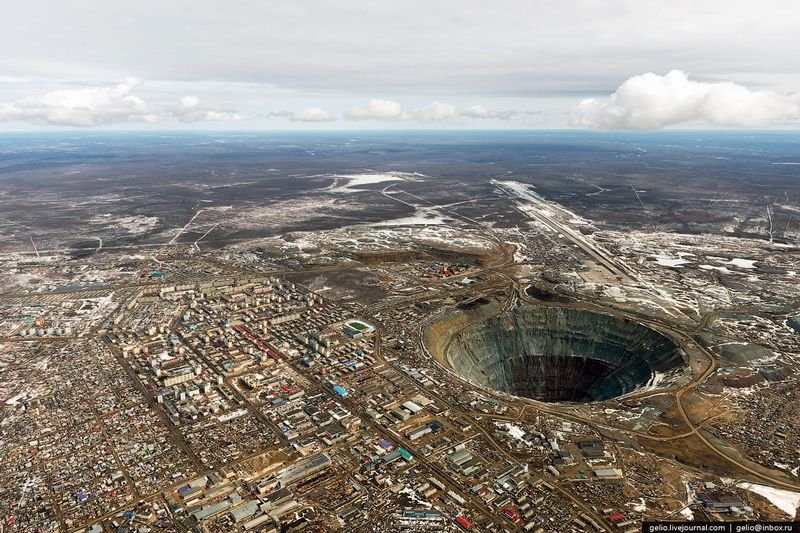 Author notes:
Author notes: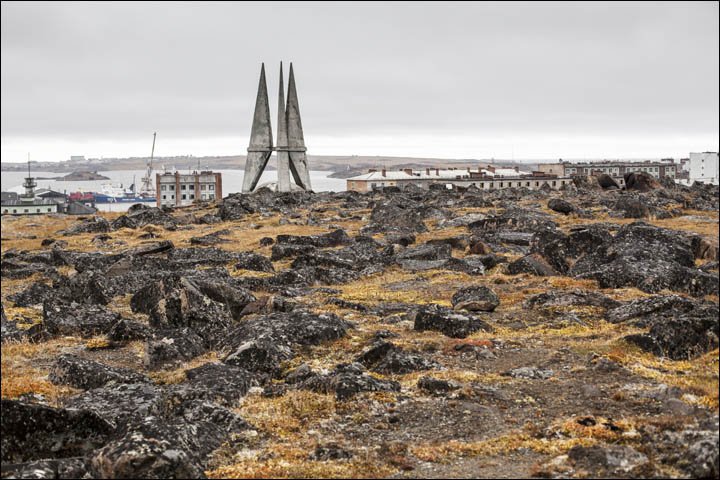 The movies IV and V showed a thaw in the relations with the Klingons that mirrored the Soviet Union under Gorbachev – perhaps implying that Gorkon was Chancellor at this point, as per Dayton Ward’s novel ‘In the Name of Honour’. This would make more sense than having Kesh continue as chancellor into 2291 as he was portrayed as anti-Federation. The events of Klingon Academy don’t sit too well with the novels as Chancellor Lorak doesn’t appear anywhere else and the rapid succession of challengers to the Klingon throne mean working out continuity is difficult if incorporating Kesh from the novels still being in power in 2291 and Gorkon perhaps from as early as 2287. B’rak from Federation: The First 150 Years needs to be ignored as adding unnecessary complexity to a difficult situation.
The movies IV and V showed a thaw in the relations with the Klingons that mirrored the Soviet Union under Gorbachev – perhaps implying that Gorkon was Chancellor at this point, as per Dayton Ward’s novel ‘In the Name of Honour’. This would make more sense than having Kesh continue as chancellor into 2291 as he was portrayed as anti-Federation. The events of Klingon Academy don’t sit too well with the novels as Chancellor Lorak doesn’t appear anywhere else and the rapid succession of challengers to the Klingon throne mean working out continuity is difficult if incorporating Kesh from the novels still being in power in 2291 and Gorkon perhaps from as early as 2287. B’rak from Federation: The First 150 Years needs to be ignored as adding unnecessary complexity to a difficult situation.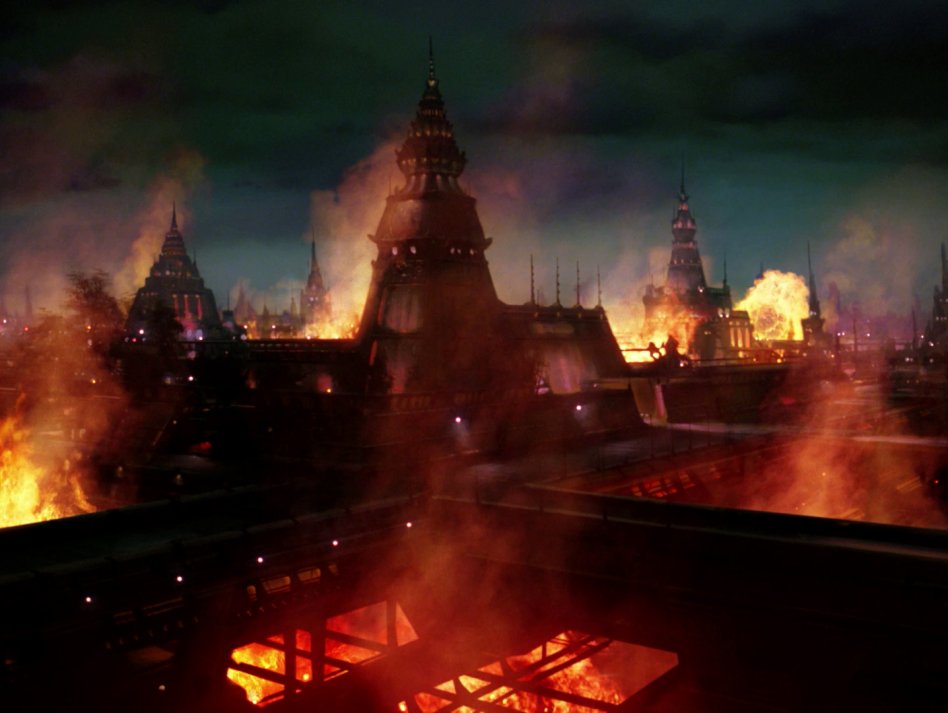 Qo'noS, the capital world of the Klingon Empire has almost a third of the surface scoured clean of cities and life. The once green planet now has a blackened half. Billions of lives were ended in an instant as the flare of Praxis swept away the clouds and azure blue of the atmosphere in a fraction of a second. The remaining power of the subspace shockwave scorched the facing side of Kronos like a blowtorch, blasting the rubble of the cities and carbon residue of the trees and other lifeforms around the remaining atmosphere and into space. The tsunami of oceans and chaos of falling debris from both Praxis, and the broken tectonic plates of Kronos itself, smashed up the First City and other population centres across the capital planet. For days it was not known who had survived and who was dead. Several great Klingon Generals and leaders of Great Houses, indeed Houses themselves, were wiped out of existence. Temples, statues, sacred lands and sacred places had been obliterated in the Praxis blast.
Qo'noS, the capital world of the Klingon Empire has almost a third of the surface scoured clean of cities and life. The once green planet now has a blackened half. Billions of lives were ended in an instant as the flare of Praxis swept away the clouds and azure blue of the atmosphere in a fraction of a second. The remaining power of the subspace shockwave scorched the facing side of Kronos like a blowtorch, blasting the rubble of the cities and carbon residue of the trees and other lifeforms around the remaining atmosphere and into space. The tsunami of oceans and chaos of falling debris from both Praxis, and the broken tectonic plates of Kronos itself, smashed up the First City and other population centres across the capital planet. For days it was not known who had survived and who was dead. Several great Klingon Generals and leaders of Great Houses, indeed Houses themselves, were wiped out of existence. Temples, statues, sacred lands and sacred places had been obliterated in the Praxis blast.
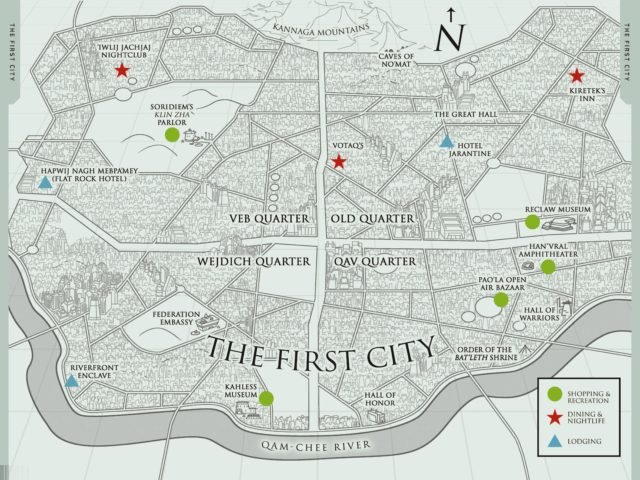 The first order of business for the new Chancellor Azetbur was to assess the damage done by Praxis and the state of the Empire. The core worlds had been bady damaged, especially Qo'noS. The delta radiation from the destroyed moon was killing the gagh swamps on Qo'noS: a vital food source for the Klingons species. In addition there was the revelation of General Chang; a blood oath document was delivered to the High Council shortly after Azetbur had attended the Khitomer talks, in the document, Chang confesses that he was behind the assassination of Chancellor Gorkon. The document was there as an admission of guilt, an honourable man who felt he had to do a dishonourable act to save the Empire. He went further to explain that he had always planned to carry out Mauk-to'Vor, not to redeem himself but to save the honour of his House. Chang knew he was damned to Grethor and was prepared to accept this burden to save the Empire. Chang had never planned for the Excelsior to have been there to stop him. He was denied honourable suicide. Chang, as a young lieutenant, had been on one of the warships approaching Earth in 2257. They had been called away from victory at the last moment by L'rell. Mother. Chang felt dishonoured and denied glorious victory. Gorkon was about to surrender to Federation aid; Chang felt he had no other honourable choice than to murder his friend Gorkon, and anyone else who attempted to befriend the true enemy of the Klingon people. The conspiracy was to maintain the status quo. hang sent this last message as he wanted to show his face to his enemy, as a true Klingon should. Chang had made General, was Chief of Staff and friend of Gorkon, then-Chancellor of the High Council. The murders and loss of personal honour were a worthwhile cost for the greater good.
The first order of business for the new Chancellor Azetbur was to assess the damage done by Praxis and the state of the Empire. The core worlds had been bady damaged, especially Qo'noS. The delta radiation from the destroyed moon was killing the gagh swamps on Qo'noS: a vital food source for the Klingons species. In addition there was the revelation of General Chang; a blood oath document was delivered to the High Council shortly after Azetbur had attended the Khitomer talks, in the document, Chang confesses that he was behind the assassination of Chancellor Gorkon. The document was there as an admission of guilt, an honourable man who felt he had to do a dishonourable act to save the Empire. He went further to explain that he had always planned to carry out Mauk-to'Vor, not to redeem himself but to save the honour of his House. Chang knew he was damned to Grethor and was prepared to accept this burden to save the Empire. Chang had never planned for the Excelsior to have been there to stop him. He was denied honourable suicide. Chang, as a young lieutenant, had been on one of the warships approaching Earth in 2257. They had been called away from victory at the last moment by L'rell. Mother. Chang felt dishonoured and denied glorious victory. Gorkon was about to surrender to Federation aid; Chang felt he had no other honourable choice than to murder his friend Gorkon, and anyone else who attempted to befriend the true enemy of the Klingon people. The conspiracy was to maintain the status quo. hang sent this last message as he wanted to show his face to his enemy, as a true Klingon should. Chang had made General, was Chief of Staff and friend of Gorkon, then-Chancellor of the High Council. The murders and loss of personal honour were a worthwhile cost for the greater good.
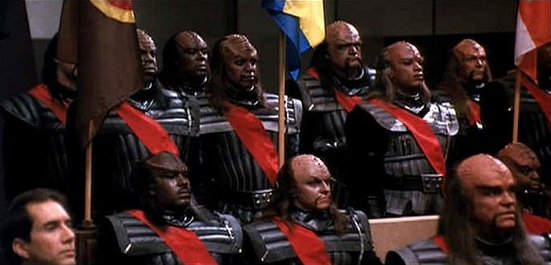 The D-8H K't'inga strike version of the battlecruiser is the latest version of the venerable design. This D-7S is a deep refurbishment or new-build version of the D-8 with many of the systems and weapons of the L-24 Komo Val pocket battleship. Those who show loyalty to the Chancellor are favoured with new and better ships. This way it always ensures the Chancellor generally has the most powerful fleet in the Empire at his command, formed as a power block from Houses loyal to him: the Klingon Navy. That does not mean that there are not other power blocks of House fleets that oppose the Chancellor. All House fleet swear alegiance to the IKN, but are always loyal to the House FIRST. Warship designations such as D-7N, D-7S and D-7X ar artificial filing terminology used by Starfleet Intelligence to log the appearance of warship designs that are significantly different from others. Thes are NOT designations used by the Klingons. With each K'T'inga, Komo Val, Bird of Prey and Death Boot being ordered individually, only the hull and major systems are mass produced, the internal systems are unique to each House and their philosophies. This makes every ship individual.
The D-8H K't'inga strike version of the battlecruiser is the latest version of the venerable design. This D-7S is a deep refurbishment or new-build version of the D-8 with many of the systems and weapons of the L-24 Komo Val pocket battleship. Those who show loyalty to the Chancellor are favoured with new and better ships. This way it always ensures the Chancellor generally has the most powerful fleet in the Empire at his command, formed as a power block from Houses loyal to him: the Klingon Navy. That does not mean that there are not other power blocks of House fleets that oppose the Chancellor. All House fleet swear alegiance to the IKN, but are always loyal to the House FIRST. Warship designations such as D-7N, D-7S and D-7X ar artificial filing terminology used by Starfleet Intelligence to log the appearance of warship designs that are significantly different from others. Thes are NOT designations used by the Klingons. With each K'T'inga, Komo Val, Bird of Prey and Death Boot being ordered individually, only the hull and major systems are mass produced, the internal systems are unique to each House and their philosophies. This makes every ship individual. 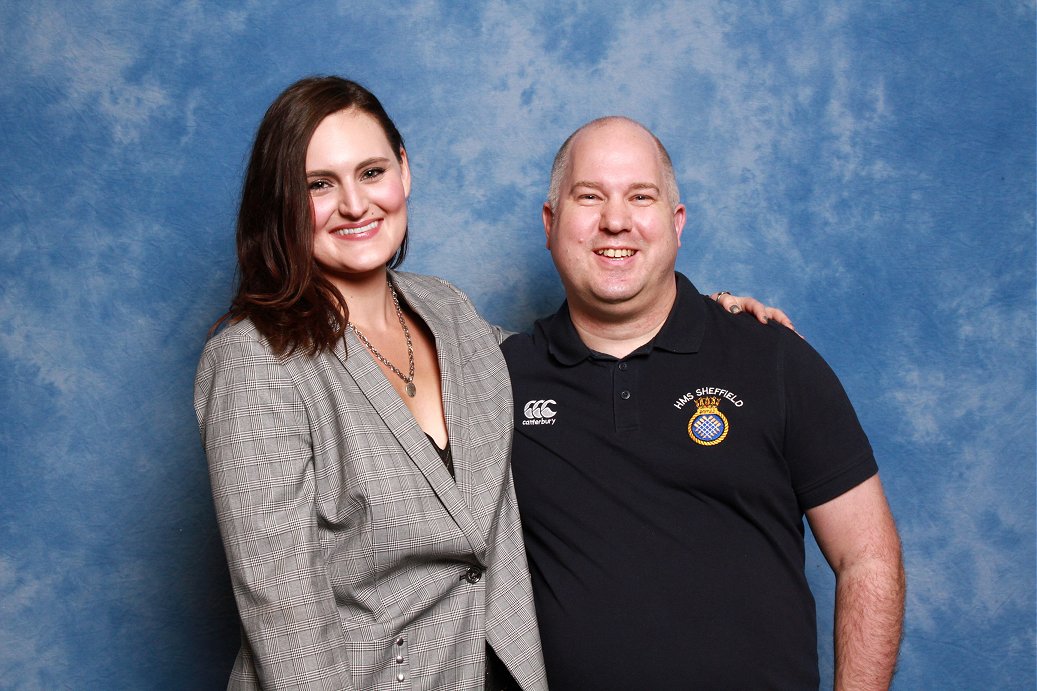
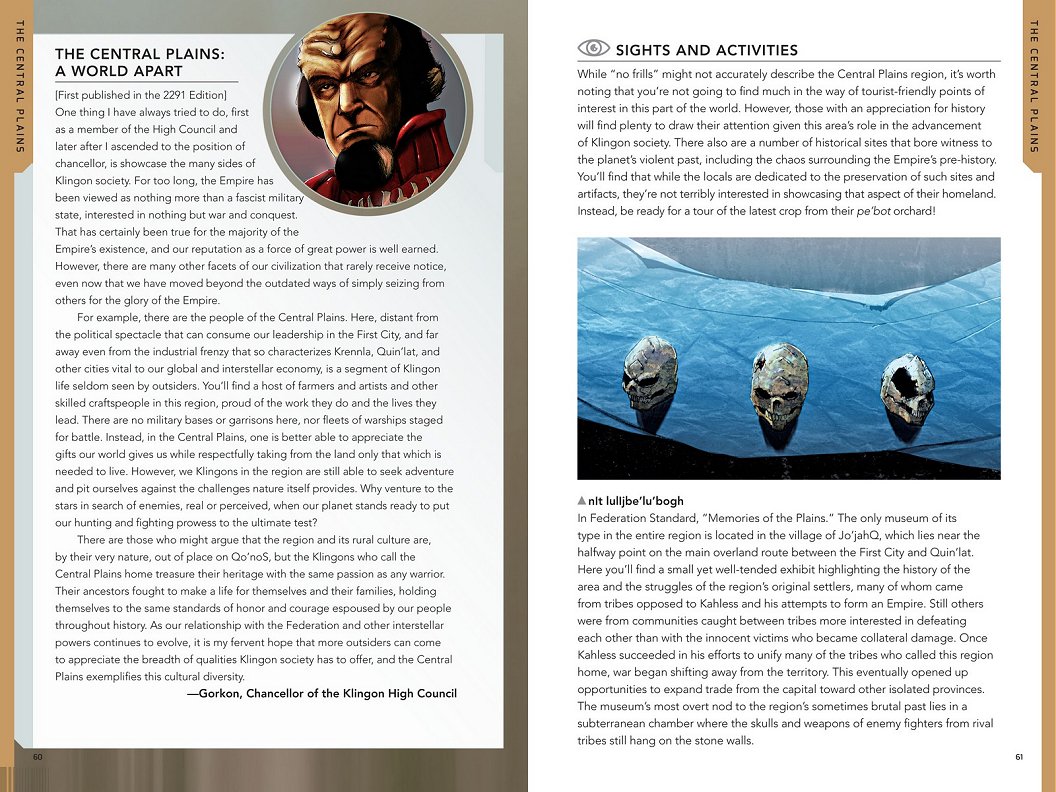 Quzu Qonn also controls Klingon operations in the driftward region. To prevent a backdoor invasion by the Kinshayas, Quzu Qonn has a permenant dreadnought assignment to the base. General Waurg, son of Kesh, is the commander-in-chief of the Quzu Qonn forces He is assisted by newly-minted General S'yrekka, formerly a brigadier. S'yrekka was born as daughter to General H'vakia. Long jet black hair and cruel eyes. A few scars on her face and muscular arms. Wears same 'kleavage' armour as the Duras sisters. She defies the convention of men being generals on the High Command. Rumours abound of her keeping 'trophies' from her male victims as a reminder of her strength. S'yrekka tragically lost her father and brother from the explosion of Praxis on stardate 9521, whilst they were away for a ceremony on Qo'noS. She is a mistress of the mekleth and d'ktahg. She has the D-7 battlecruiser K'hemdar as her flagship. As S'yrekka lives on the frontier of the Klingon Empire she has no time for the male-dominated rules of Kronos. General S'yrekka fights along the Kinshaya border as well as against the Kinshaya. A Klin Zha master, she has kept the Kinshaya admiralty off-balance. A D-7 Koro class has acted as her flagship for all of this time, being constantly upgraded and repaired. The patchwork armour and older appearance belies a 1st rate warship with an elite crew.
Quzu Qonn also controls Klingon operations in the driftward region. To prevent a backdoor invasion by the Kinshayas, Quzu Qonn has a permenant dreadnought assignment to the base. General Waurg, son of Kesh, is the commander-in-chief of the Quzu Qonn forces He is assisted by newly-minted General S'yrekka, formerly a brigadier. S'yrekka was born as daughter to General H'vakia. Long jet black hair and cruel eyes. A few scars on her face and muscular arms. Wears same 'kleavage' armour as the Duras sisters. She defies the convention of men being generals on the High Command. Rumours abound of her keeping 'trophies' from her male victims as a reminder of her strength. S'yrekka tragically lost her father and brother from the explosion of Praxis on stardate 9521, whilst they were away for a ceremony on Qo'noS. She is a mistress of the mekleth and d'ktahg. She has the D-7 battlecruiser K'hemdar as her flagship. As S'yrekka lives on the frontier of the Klingon Empire she has no time for the male-dominated rules of Kronos. General S'yrekka fights along the Kinshaya border as well as against the Kinshaya. A Klin Zha master, she has kept the Kinshaya admiralty off-balance. A D-7 Koro class has acted as her flagship for all of this time, being constantly upgraded and repaired. The patchwork armour and older appearance belies a 1st rate warship with an elite crew.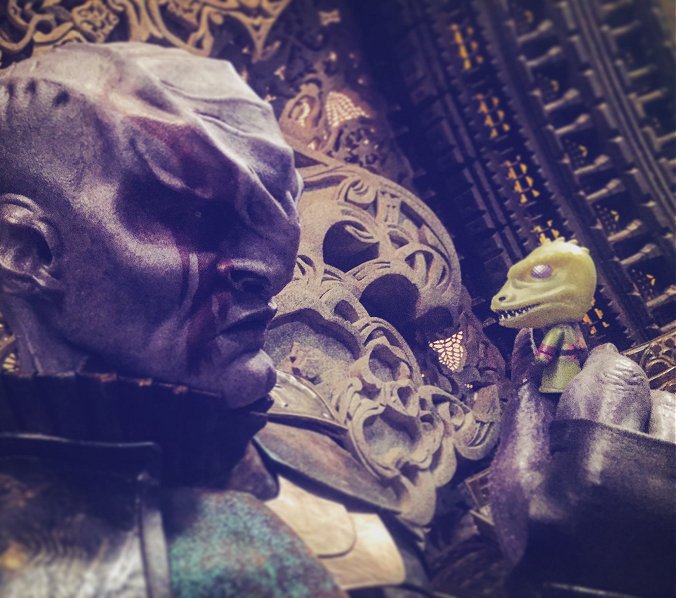 Having done a small piece on the garrison world of Quzu Qonn for the Kinshaya front, so this is V’stok that deals with the Federation and Gorn borders in South-Western Klingon Empire. This is a base like the Russian namesake of Vladivostok with a concentration of warships, construction and repair facilities and everything you need for the autonomous operation of this section of the Empire. Self-sufficiency is important to battle-harden the Empire against the effects of invasion, sabotage or surprise attack. To centralise the factory facilities and fleets, as Starfleet Battles suggests, would be strategic suicide. An enemy would have to split their forces to defeat all of the facilities in the Empire that are scattered around; there are sufficient forces and defences to protect each base.
Having done a small piece on the garrison world of Quzu Qonn for the Kinshaya front, so this is V’stok that deals with the Federation and Gorn borders in South-Western Klingon Empire. This is a base like the Russian namesake of Vladivostok with a concentration of warships, construction and repair facilities and everything you need for the autonomous operation of this section of the Empire. Self-sufficiency is important to battle-harden the Empire against the effects of invasion, sabotage or surprise attack. To centralise the factory facilities and fleets, as Starfleet Battles suggests, would be strategic suicide. An enemy would have to split their forces to defeat all of the facilities in the Empire that are scattered around; there are sufficient forces and defences to protect each base.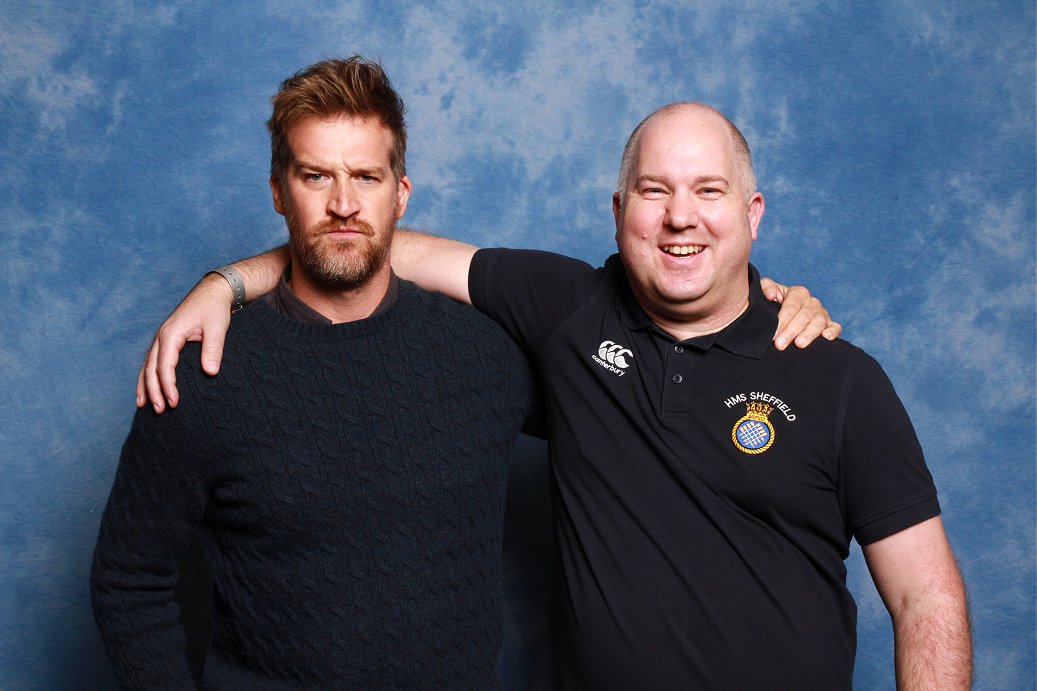
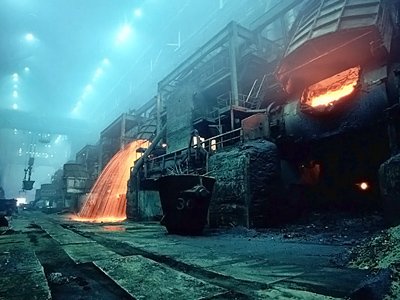
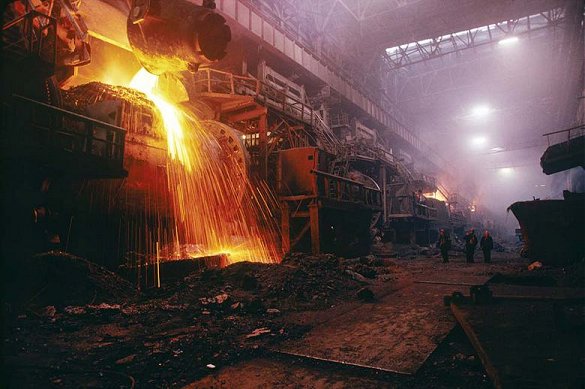 The foundry worlds of the KorbeQ system developed and produced the alloys for the armour of Klingon warships. The Federation sent starships such as the Miranda class U.S.S. Courageous to monitor the activities of the V’stok base and the foundry worlds to anticipate the protection on Klingon warships. Away from the mineralogical desert of Kronos, the foundry worlds show what the Klingon Empire could achieve had it got the supply of minerals that it so badly needs. KorbeQ is a world that consists of mining and foundries, representative of the majority of the Klingon Empire away from Kronos.
The foundry worlds of the KorbeQ system developed and produced the alloys for the armour of Klingon warships. The Federation sent starships such as the Miranda class U.S.S. Courageous to monitor the activities of the V’stok base and the foundry worlds to anticipate the protection on Klingon warships. Away from the mineralogical desert of Kronos, the foundry worlds show what the Klingon Empire could achieve had it got the supply of minerals that it so badly needs. KorbeQ is a world that consists of mining and foundries, representative of the majority of the Klingon Empire away from Kronos. Planets like KorbeQ have over 12 billion Klingons working on them. These working class Klingons have n oportunities to join the Imperial Klingon Navy. They are trained in the local public dojos and after their education there by the priests, they have a choice to either join the miners digging for minerals and metal ores, or work in the city-sized foundries to smelt the metals into the armour of the Empire. The average male Klingon soon loses his combat edge and fighting arts, developing a strong upper body strength for either digging in the mines or carrying the heavy equipment that both career options demand. The Klingons have a Calvinist-style work ethic, working very long shifts (over 12 hours for most) in order to fuel and drive the Empire forwards to Glory.
Planets like KorbeQ have over 12 billion Klingons working on them. These working class Klingons have n oportunities to join the Imperial Klingon Navy. They are trained in the local public dojos and after their education there by the priests, they have a choice to either join the miners digging for minerals and metal ores, or work in the city-sized foundries to smelt the metals into the armour of the Empire. The average male Klingon soon loses his combat edge and fighting arts, developing a strong upper body strength for either digging in the mines or carrying the heavy equipment that both career options demand. The Klingons have a Calvinist-style work ethic, working very long shifts (over 12 hours for most) in order to fuel and drive the Empire forwards to Glory.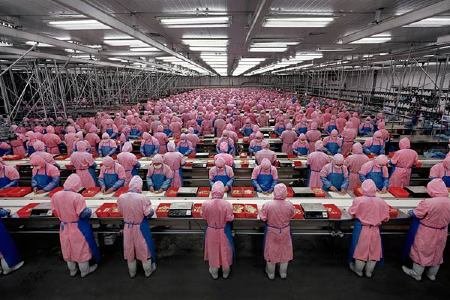 GloMM is the agricultural version of KorbeQ. GloMM is the planet that mass-produces the Blood Wine and Klingon cuisine for the workers in the colonies of the Empire to eat and drink. The Blood Wine is not a vintage product, more a mass-produced vintage. Think more Carling, Carlsberg or Coors than vintage Laurent Perrier champagne. This is not a drink for a discerning pallet, this is a beverage for the working class - a thirst-quencher after a hard day in the mines, factories or foundries.
GloMM is the agricultural version of KorbeQ. GloMM is the planet that mass-produces the Blood Wine and Klingon cuisine for the workers in the colonies of the Empire to eat and drink. The Blood Wine is not a vintage product, more a mass-produced vintage. Think more Carling, Carlsberg or Coors than vintage Laurent Perrier champagne. This is not a drink for a discerning pallet, this is a beverage for the working class - a thirst-quencher after a hard day in the mines, factories or foundries.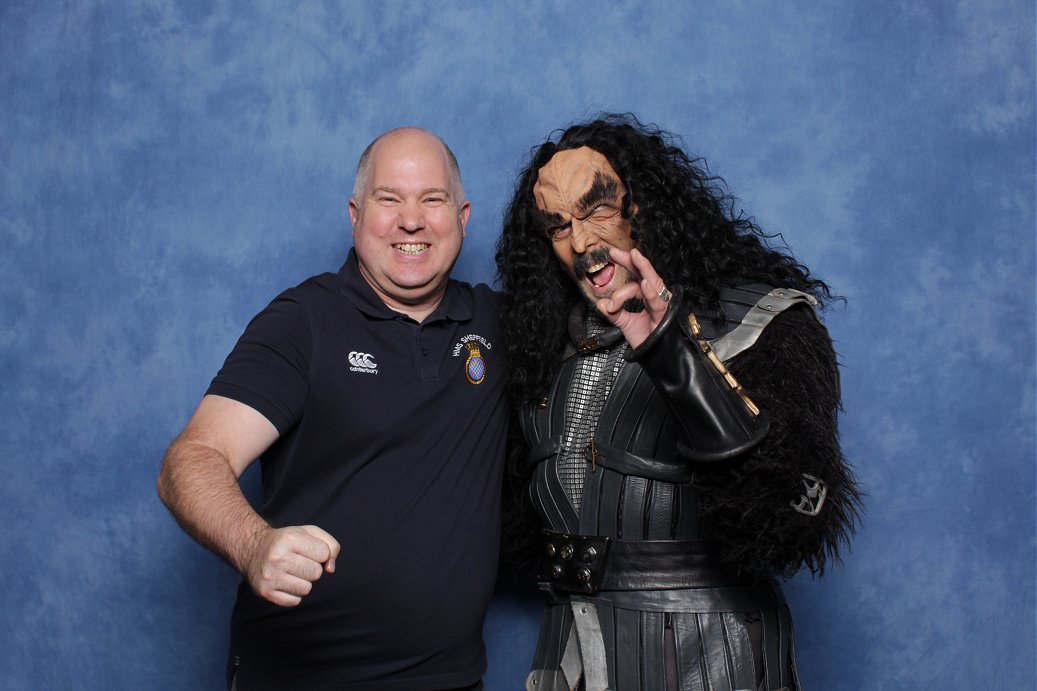

 Azetbur wasted no time in ordering the Klingon Navy to engage on a new mission: the securing of new sources of dilithium and minerals for the Empire. Recently the planet of Ch'ramak had been resecured after seperatist elements had attempted to remove the Klingon occupying forces from the planet. House loyalties and alliances are what determine the strength of a Chancellor or House. Kaarg wanted to quickly determine who was loyal and who needed to be brought into line. As per tradition, individuals and families swear their allegiances to Houses and Houses swear their ships and fleets to the Klingon Navy. The largest of the Houses form the High Command, although lands and ships are technically assigned by the Chancellor and can be taken away as easily. In reality the more powerful Houses influence the council and temper the Chancellor's decisions due to their power and influence. Family ties have a big influence on assignments, although the Head of a House decides the captain and crew of the ships of the House. The IKN is NOT a centralised organisation like Starfleet, but it is commanded ultimately by the Chancellor and the High Command.
Azetbur wasted no time in ordering the Klingon Navy to engage on a new mission: the securing of new sources of dilithium and minerals for the Empire. Recently the planet of Ch'ramak had been resecured after seperatist elements had attempted to remove the Klingon occupying forces from the planet. House loyalties and alliances are what determine the strength of a Chancellor or House. Kaarg wanted to quickly determine who was loyal and who needed to be brought into line. As per tradition, individuals and families swear their allegiances to Houses and Houses swear their ships and fleets to the Klingon Navy. The largest of the Houses form the High Command, although lands and ships are technically assigned by the Chancellor and can be taken away as easily. In reality the more powerful Houses influence the council and temper the Chancellor's decisions due to their power and influence. Family ties have a big influence on assignments, although the Head of a House decides the captain and crew of the ships of the House. The IKN is NOT a centralised organisation like Starfleet, but it is commanded ultimately by the Chancellor and the High Command.
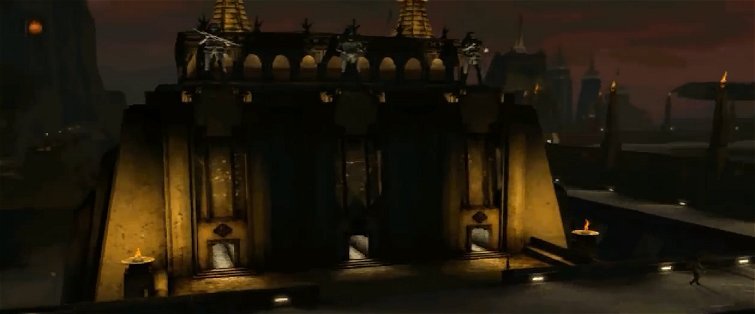 Chancellor Azetbur inherited a make-do and mend fleet from the Praxis explosion. For the past decade and three-quarters the policy has been to scavenge parts from one or two warships to keep a third up to top form. A warship operating with plated over torpedo launchers is not an uncommon site. Azetbur's philosophy is to repair the navy and to reclaim the number one position in the Beta Quadrant. With the Romulans hiding behind their borders and the Kinshaya having repelled them and stated to rebuild a fleet of their own, to the embarrassment of the High Command. Chancellor Azetbur wants to reassert the martial superiority of this warrior race.
Chancellor Azetbur inherited a make-do and mend fleet from the Praxis explosion. For the past decade and three-quarters the policy has been to scavenge parts from one or two warships to keep a third up to top form. A warship operating with plated over torpedo launchers is not an uncommon site. Azetbur's philosophy is to repair the navy and to reclaim the number one position in the Beta Quadrant. With the Romulans hiding behind their borders and the Kinshaya having repelled them and stated to rebuild a fleet of their own, to the embarrassment of the High Command. Chancellor Azetbur wants to reassert the martial superiority of this warrior race. 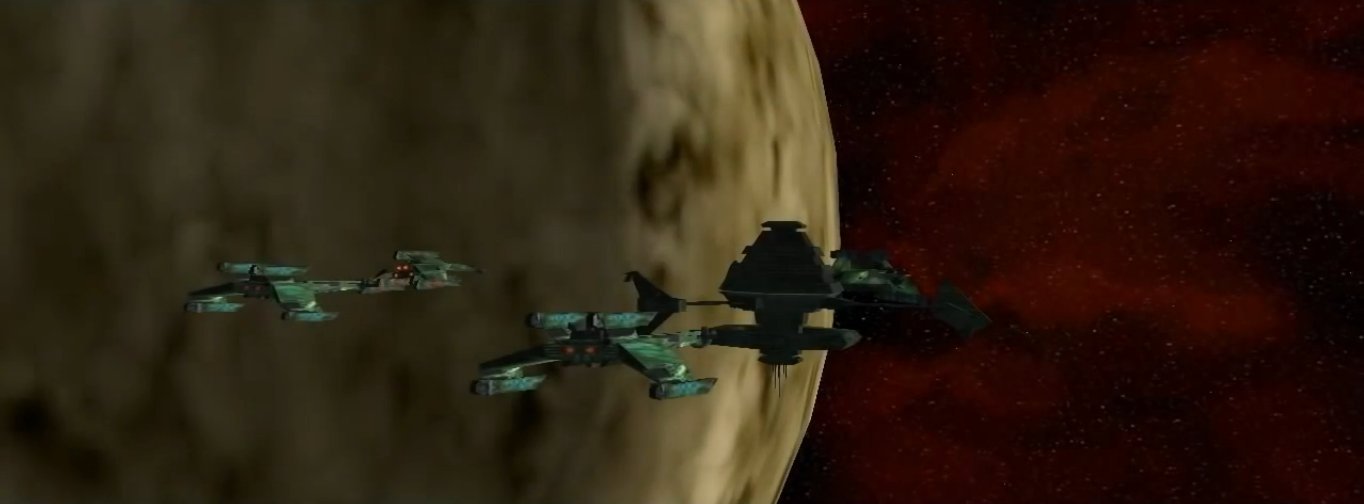
| subject race name | Image | Notes |
| Arin'Sen | 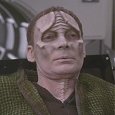 | The Arin'Sen were a pale-skinned humanoid species with a ridge running along their necks, vertical stripes running along their heads and two circular parts of the head next to the ridges. |
| Ch'ramaki | From Ch'ramak. Invaded 2285 after suplying the Klingons and surrounding area with their agriculture. They have rejected integration and their resistence has now become a fuly-fledged terrorist organisation, assassinating and bombing the Klingons off their world. | |
| Kzinti | 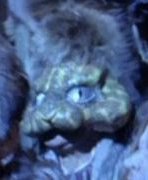 | Members from the Patriarchy. Star Trek IV, V and VI all featured feline characters. In Star Trek IV these were Caitians as in the Animated Series. In Star Trek V it was a Kzinrett - named for the Kzinti from the Slaver Weapon episode of the Animated Series. Rura Penthe in STVI featured two felines. If they were Caitians they'd be Federation members, so these were most likely Kzinti. |
| Kriosian | 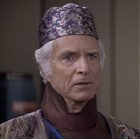 | Conquered in the mid-23rd Century. |
| Nirophian | Theocracy. Now independent and in charge of the Nirophian Corridor. | |
| Xarantine | Not much known about them. |
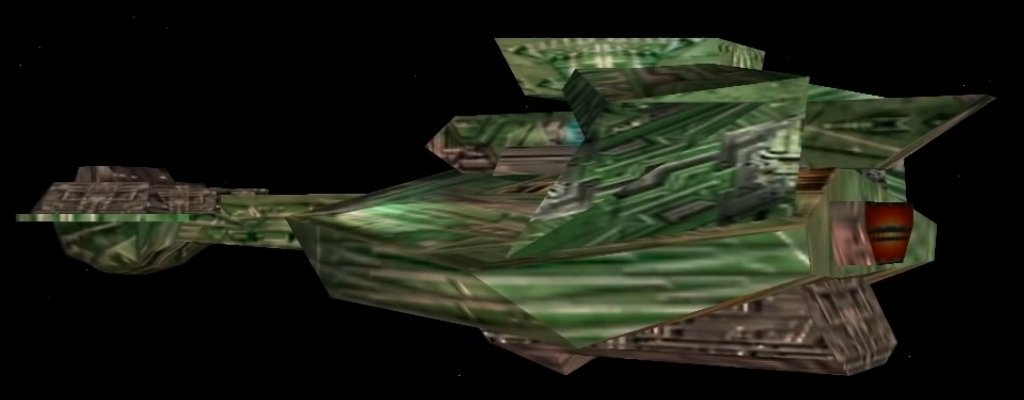
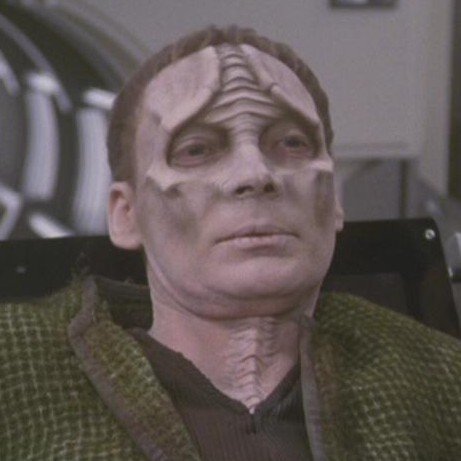 The Arin'Sen:
The Arin'Sen: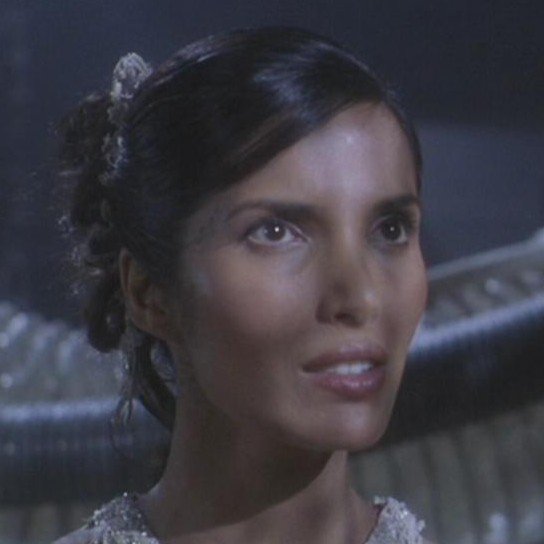 The Kriosians:
The Kriosians:| Quzu Qonn | Forward operating base for rimward border. | |
| V'stok | Forward operating base for Gorn border. | |
| Y'raG | Forward operating base for Romulan border. | |
| Sk'Angel'Ak | Forward operating base for Federation border, under the House of Amar. | |
| Kat'va | Repair facility located here. Belongs to House of G'Iogh. | Mentioned in Klingon Academy. |
| Ch'ramak | Attempting independence. | |
| Terajun | Declared independence 2294. | |
| M'nin | ||
| M'erp | ||
| Radonsar'Q | ||
| Sk'troit | ||
| Sk'molen | Resource-rich world exploited by the Klingons - think Mirny diamond mine in the former Soviet Union. Big cities next to huge bore holes. | |
| Z'Gomii | ||
| Sk'MoncheG. | ||
| Sk'lipet | ||
| K'Hotilov | ||
| Shalatov | ||
| Sleng'E | ||
| Skaya'chkalov | ||
| Levo'DyaG | ||
| Kakov'Shay | Forward operating base for the Kinshaya region. General S'yrekka commands this world after her male siblings were killed by the Holy Order of the Kinshaya. S'yrekka has become cruel and efficient in dealing with the Kinshaya and any opposition to her leading her House and fleet. | Another notable female leader in the Klingon Empire. The Jennifer Garner-like tall General is symbolic of how not all Klingon are alike. The brutality of neighbouring the Kinshaya has twisted her into cruelty and brutality. |
| R'Stadd | ||
| Sk'Manmur | ||
| N'Tal | ||
| KorbeQ | Foundry worlds that forge the armour for Klingon warships | Subject of the U.S.S. Courageous study following the construction of modern Klingon warships by following the foundry world activity. |

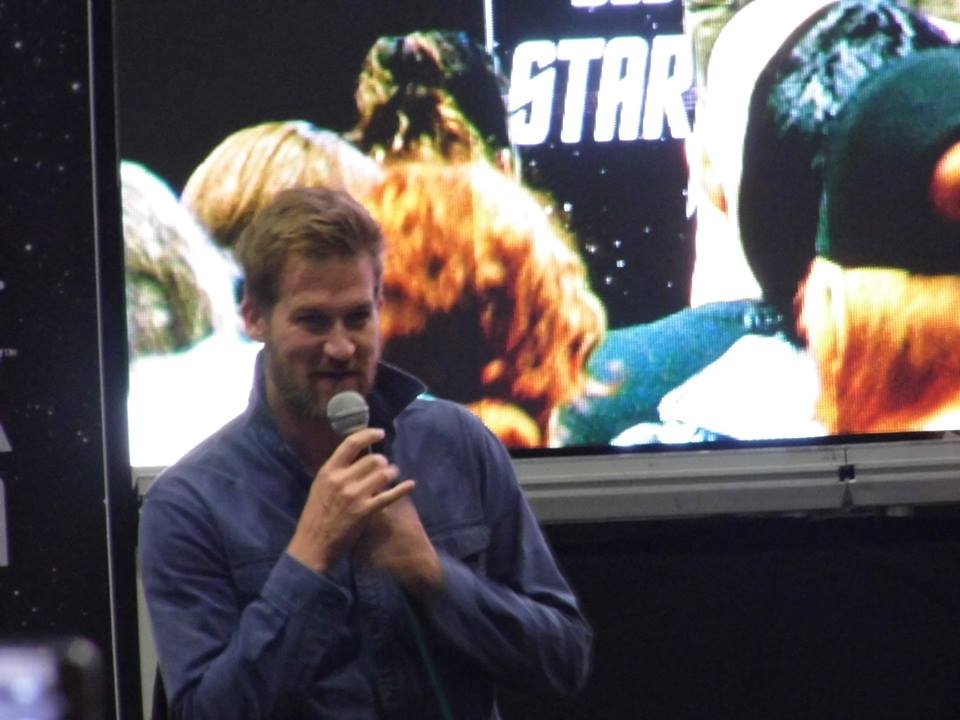 Author's notes:
Author's notes: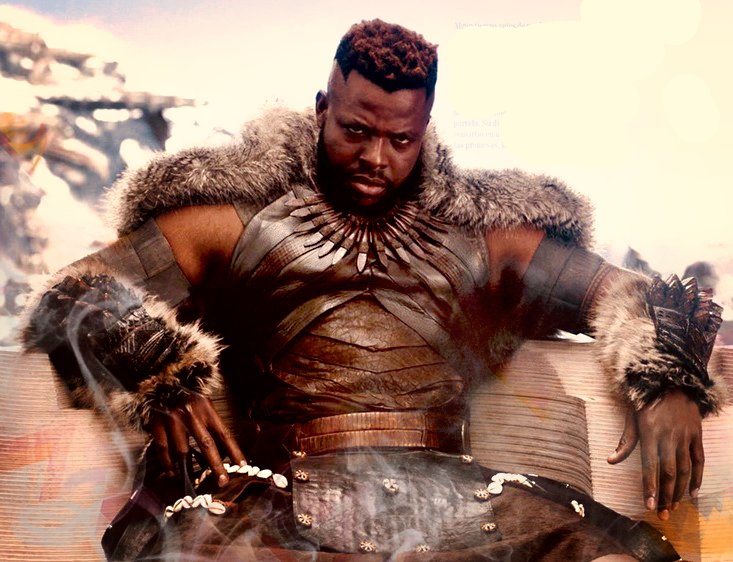 House Qo'mar
House Qo'mar Qo'mar took Grokh's old lands, personally seeing off any challengers with his mighty 6 ft 7 inch frame. Qo'mar is a member of the Order of the Bat'leth and through his successful battle campaigns has earned himself bladed weapons from the famed House of Kihreg. His Bat'leth ("Lizard-slayer"), Mek'leth ("Limb-cleaver") and d'ktahg are all custom-made and personalised for him. They have been stained with the blood of his enemies many times and have never let him down. Some of the established Great Houses look down on House Qo'mar and its alien presence on the High Command. The House of Qo'mar is rare that it is not based on Kronos and cannot be traced directly back to regal bloodlines. This is new blood, forged in the fires of battle and some of the older Great Houses fear the ambitiousness and strategic skills of the General.
Qo'mar took Grokh's old lands, personally seeing off any challengers with his mighty 6 ft 7 inch frame. Qo'mar is a member of the Order of the Bat'leth and through his successful battle campaigns has earned himself bladed weapons from the famed House of Kihreg. His Bat'leth ("Lizard-slayer"), Mek'leth ("Limb-cleaver") and d'ktahg are all custom-made and personalised for him. They have been stained with the blood of his enemies many times and have never let him down. Some of the established Great Houses look down on House Qo'mar and its alien presence on the High Command. The House of Qo'mar is rare that it is not based on Kronos and cannot be traced directly back to regal bloodlines. This is new blood, forged in the fires of battle and some of the older Great Houses fear the ambitiousness and strategic skills of the General. 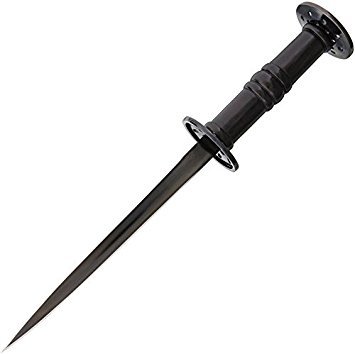
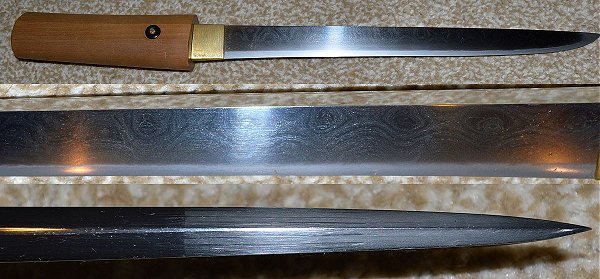 House Qo'mar has bladed weapons and tactics geared towards fighting the Gorn. The bladed weapons are shorter and armour-piercing to stab through Gorn hide. Typical tactics are to use a disruptor to break up or damage the hide and finish off at close-range with a bladed weapon like a tajtiq (knife sword). The typical weapons are a dk'tahg like a Rondel knife with a diamond cross-section blade for stabbing through the reinforced Gorn skin. The larger weapon of House Qo'mar is a tajtiq or knife-sword in the style of a yoroi-doshi Japanese Samurai sword - a 'mail piercer' weapon usually wielded with the left or reins hand. This is a shorter weapon than a Bat'leth, more like a Mek'leth. This brings the members of House Qo'mar close-quarters with Gorn and this is why their rite of passage is to fight a Gorn one-on-one. The gene pool is kept strong as the Klingons who are not strong enough are killed in the encounter and do not spread their weak genes. The House Qo'mar bat'leth is like an Uruk-Hai sword from the Lord of the Rings movies, with a crooked, heavy tip that helps to pierce armour. Again, this is a concession to fight the Gorn. In practice, the shorter tajtiq is more the weapon of choice.
House Qo'mar has bladed weapons and tactics geared towards fighting the Gorn. The bladed weapons are shorter and armour-piercing to stab through Gorn hide. Typical tactics are to use a disruptor to break up or damage the hide and finish off at close-range with a bladed weapon like a tajtiq (knife sword). The typical weapons are a dk'tahg like a Rondel knife with a diamond cross-section blade for stabbing through the reinforced Gorn skin. The larger weapon of House Qo'mar is a tajtiq or knife-sword in the style of a yoroi-doshi Japanese Samurai sword - a 'mail piercer' weapon usually wielded with the left or reins hand. This is a shorter weapon than a Bat'leth, more like a Mek'leth. This brings the members of House Qo'mar close-quarters with Gorn and this is why their rite of passage is to fight a Gorn one-on-one. The gene pool is kept strong as the Klingons who are not strong enough are killed in the encounter and do not spread their weak genes. The House Qo'mar bat'leth is like an Uruk-Hai sword from the Lord of the Rings movies, with a crooked, heavy tip that helps to pierce armour. Again, this is a concession to fight the Gorn. In practice, the shorter tajtiq is more the weapon of choice.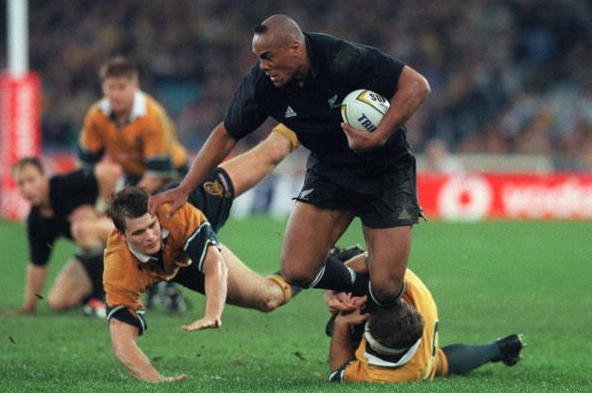 Author's Notes:
Author's Notes: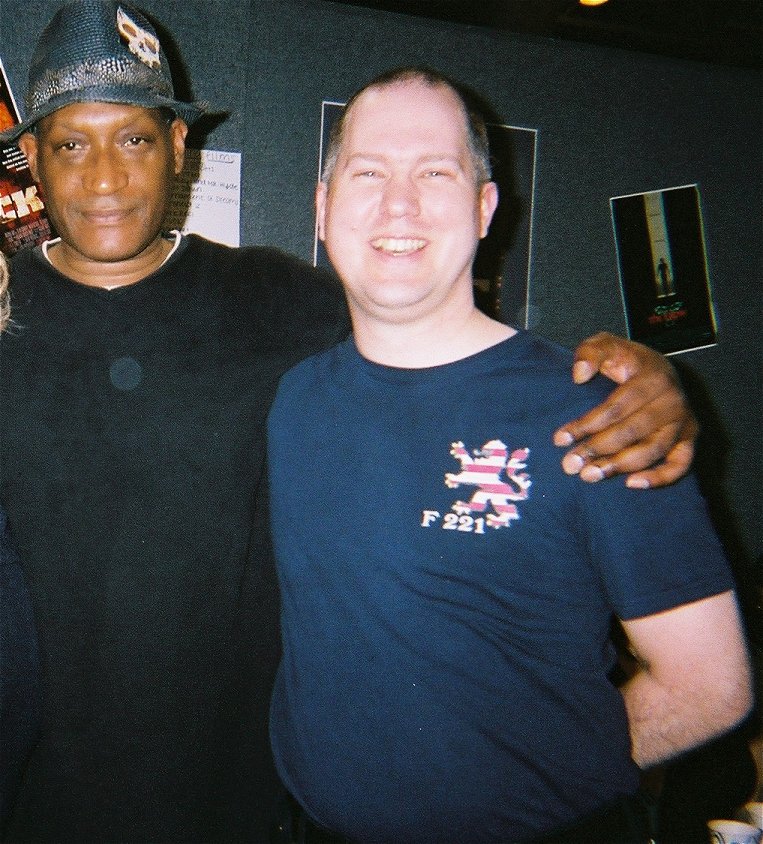
 House Kruge
House Kruge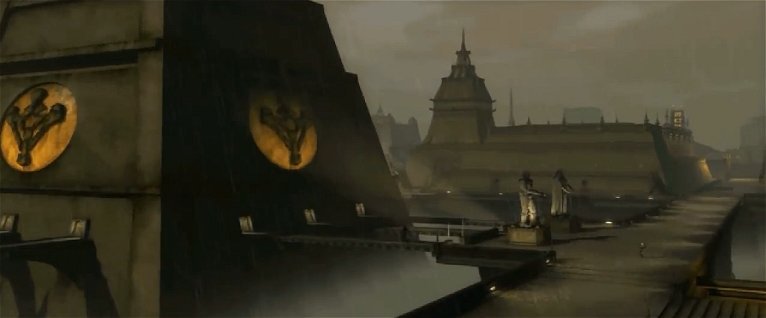 House Koryak
House Koryak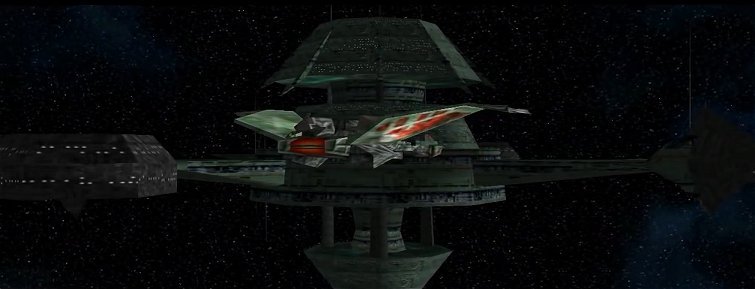 House Stex
House Stex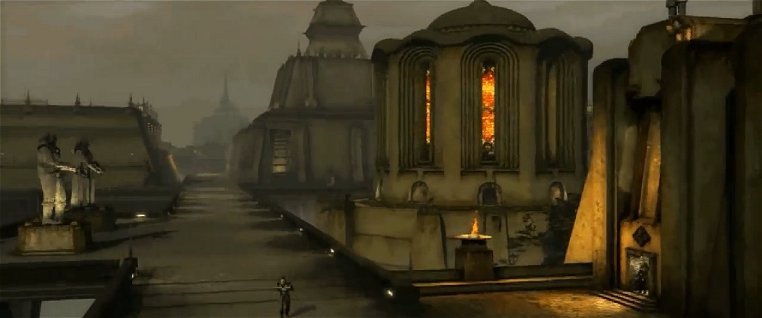 House R’shar
House R’shar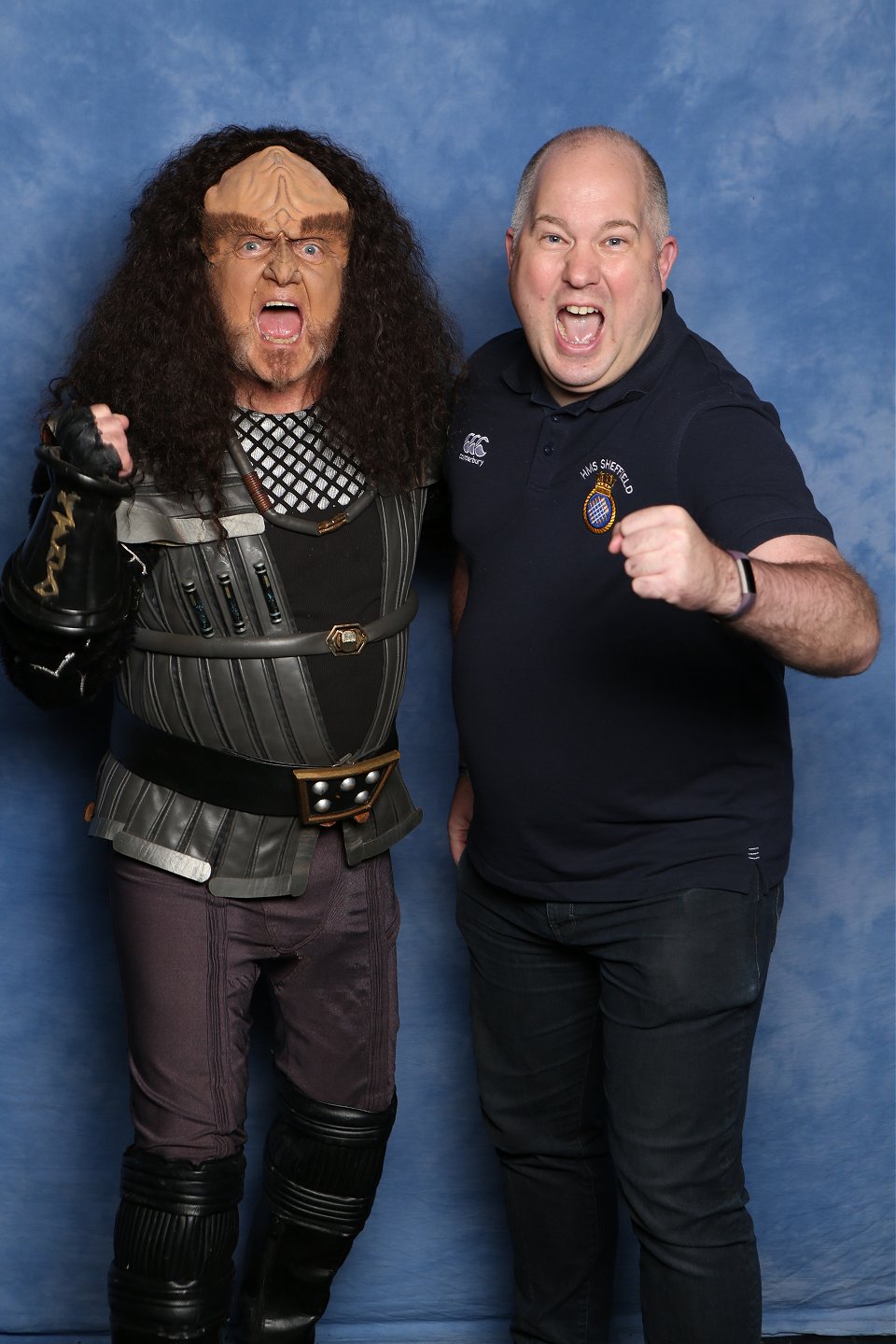
 Star Trek: Duj Puj
Star Trek: Duj Puj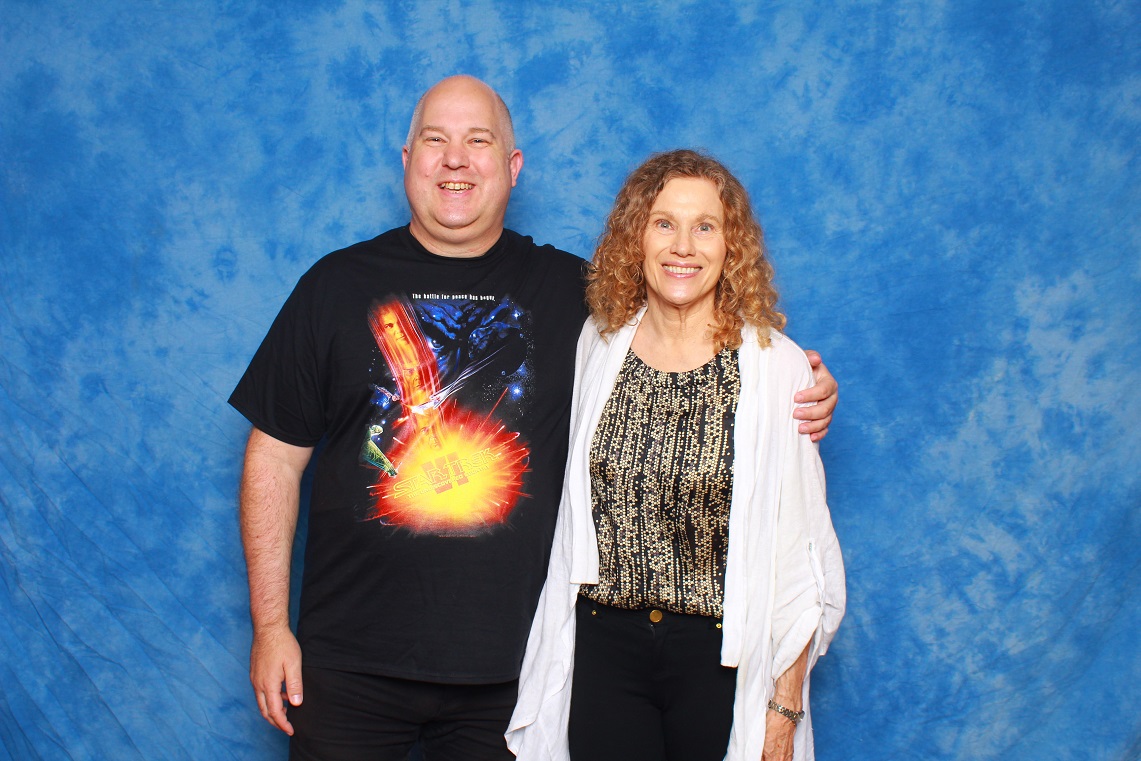 Star Trek: Grunts
Star Trek: Grunts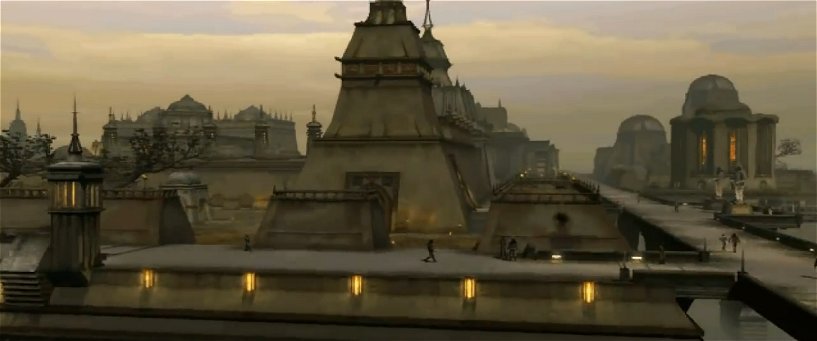 One of the first thoughts I had for the Interim Years was about the races that the Sheffield would examine and detail. The Klingons would be the obvious choice - Hawkins notes that the Starfleet has been obsessed with the Klingons for over one hundred and fifty years. This was bourne from the appearance of the Klingons in virtually all the Star Trek series and movies from their first appearance in 'Errand of Mercy' right up to an appearance in the new film 'Star Trek'. I wanted to go back to the basics: what are the Klingons? how do they describe themseves and their government? what does this mean?
One of the first thoughts I had for the Interim Years was about the races that the Sheffield would examine and detail. The Klingons would be the obvious choice - Hawkins notes that the Starfleet has been obsessed with the Klingons for over one hundred and fifty years. This was bourne from the appearance of the Klingons in virtually all the Star Trek series and movies from their first appearance in 'Errand of Mercy' right up to an appearance in the new film 'Star Trek'. I wanted to go back to the basics: what are the Klingons? how do they describe themseves and their government? what does this mean?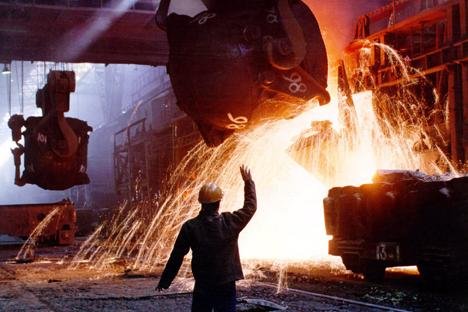 As with Russia over the last decade from 1998 - 2008, I wanted to show how the empire had fallen into hard times. Without conquering new worlds and without the ability to keep a tight rein on the conquered worlds, not only was the empire not getting the new resources they needed, but some of the colonies would be leaving the empire. To quote General Gogol from 'View to a Kill' - No one ever leaves the KGB. Just as with the break-up of the Soviet Union and Warsaw pact from 1985 - 1992, the Klingon empire was predicted to break-up from that famous Starfleet briefing at the beginning of Star Trek VI: The Undiscovered Country. With the Interim Years I wanted to show that this was happening; they just got the timing of events wrong: This was no sudden splintering, more a gradual glacier-like break-up.
As with Russia over the last decade from 1998 - 2008, I wanted to show how the empire had fallen into hard times. Without conquering new worlds and without the ability to keep a tight rein on the conquered worlds, not only was the empire not getting the new resources they needed, but some of the colonies would be leaving the empire. To quote General Gogol from 'View to a Kill' - No one ever leaves the KGB. Just as with the break-up of the Soviet Union and Warsaw pact from 1985 - 1992, the Klingon empire was predicted to break-up from that famous Starfleet briefing at the beginning of Star Trek VI: The Undiscovered Country. With the Interim Years I wanted to show that this was happening; they just got the timing of events wrong: This was no sudden splintering, more a gradual glacier-like break-up. 








